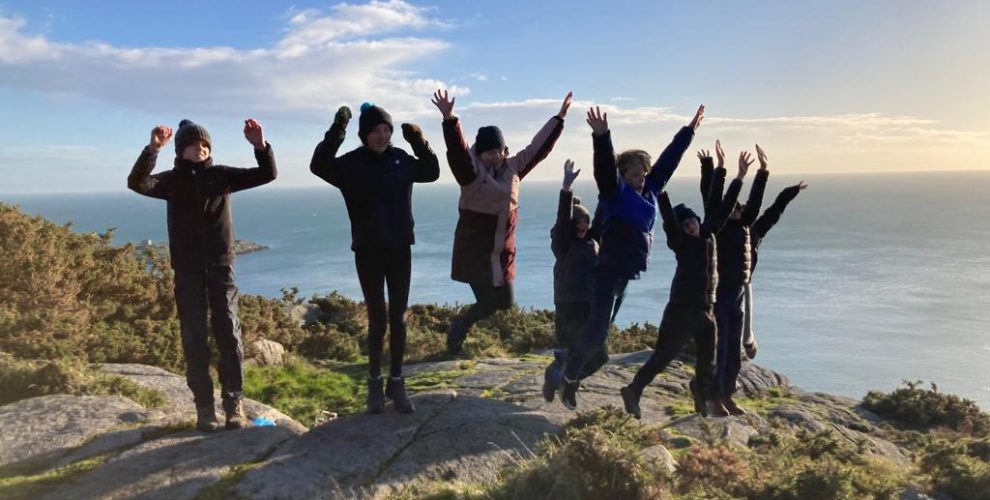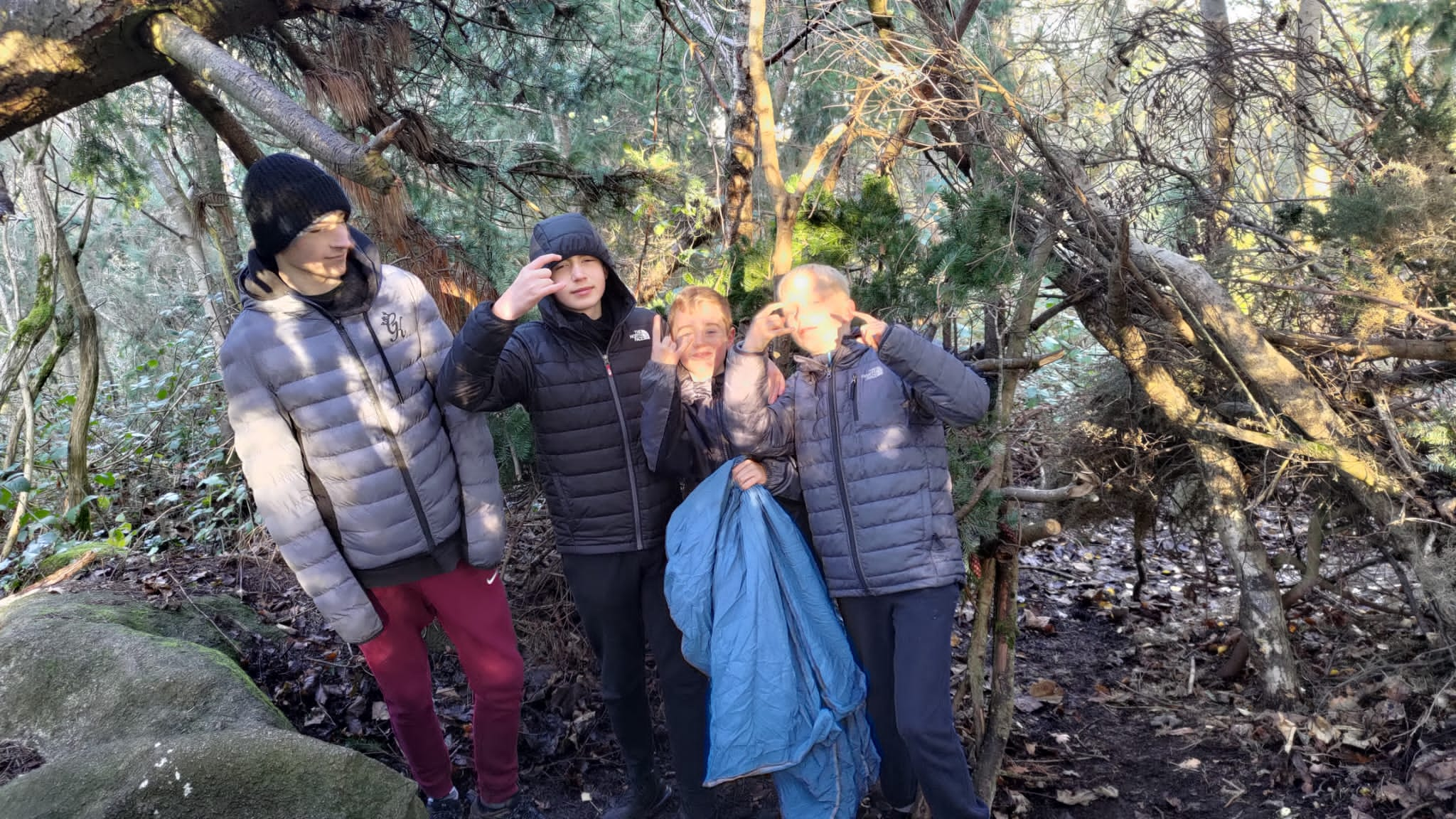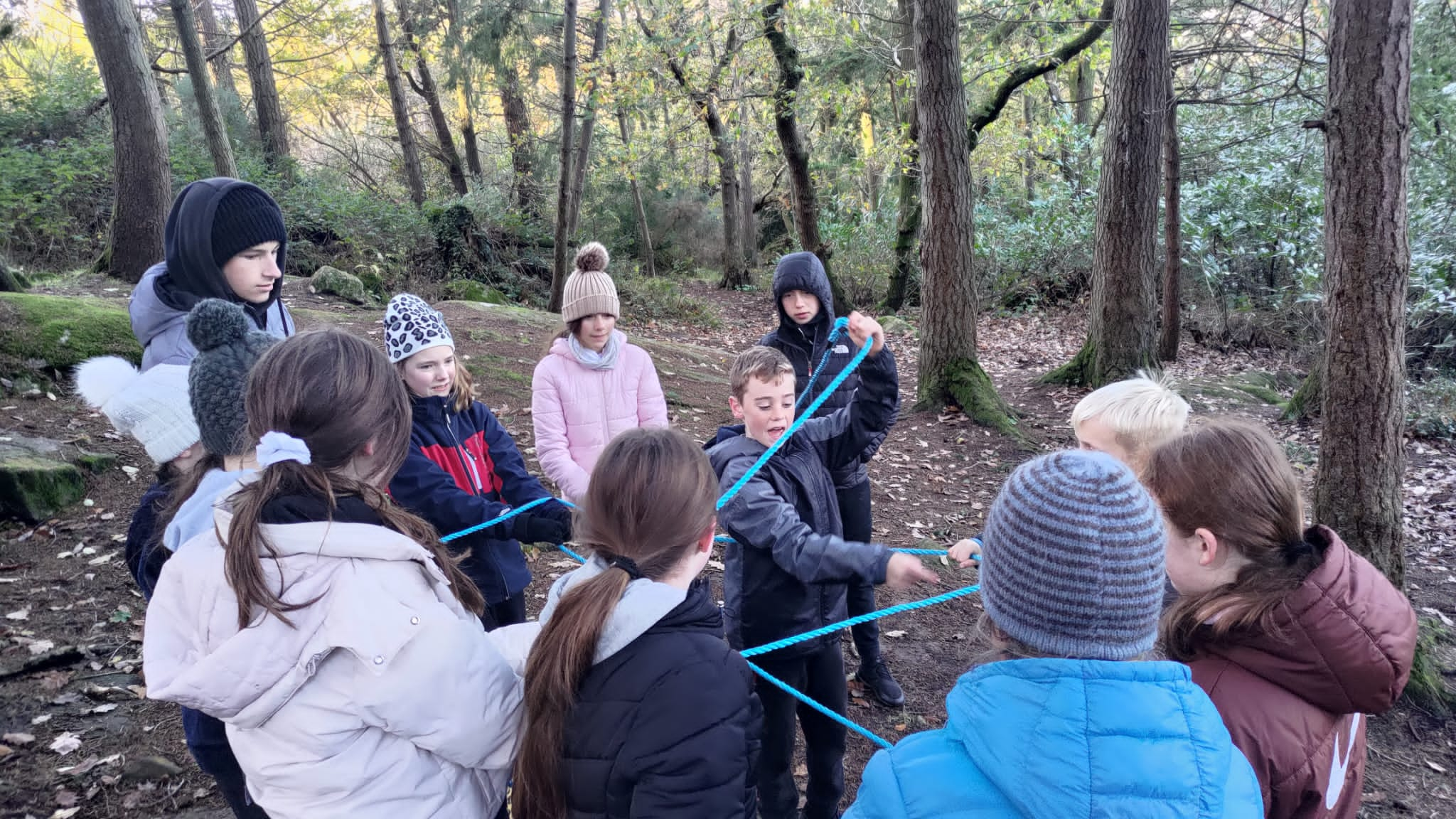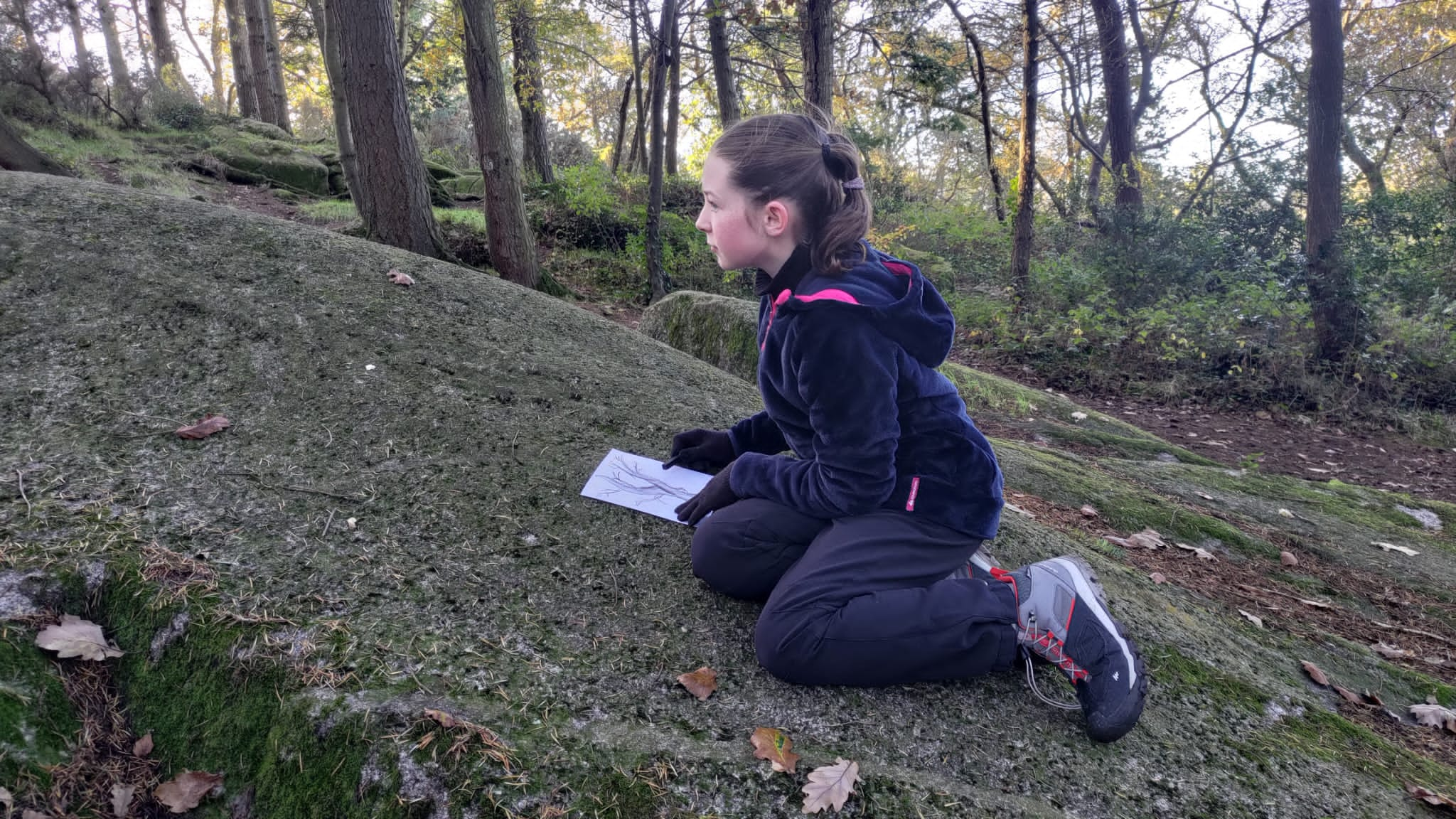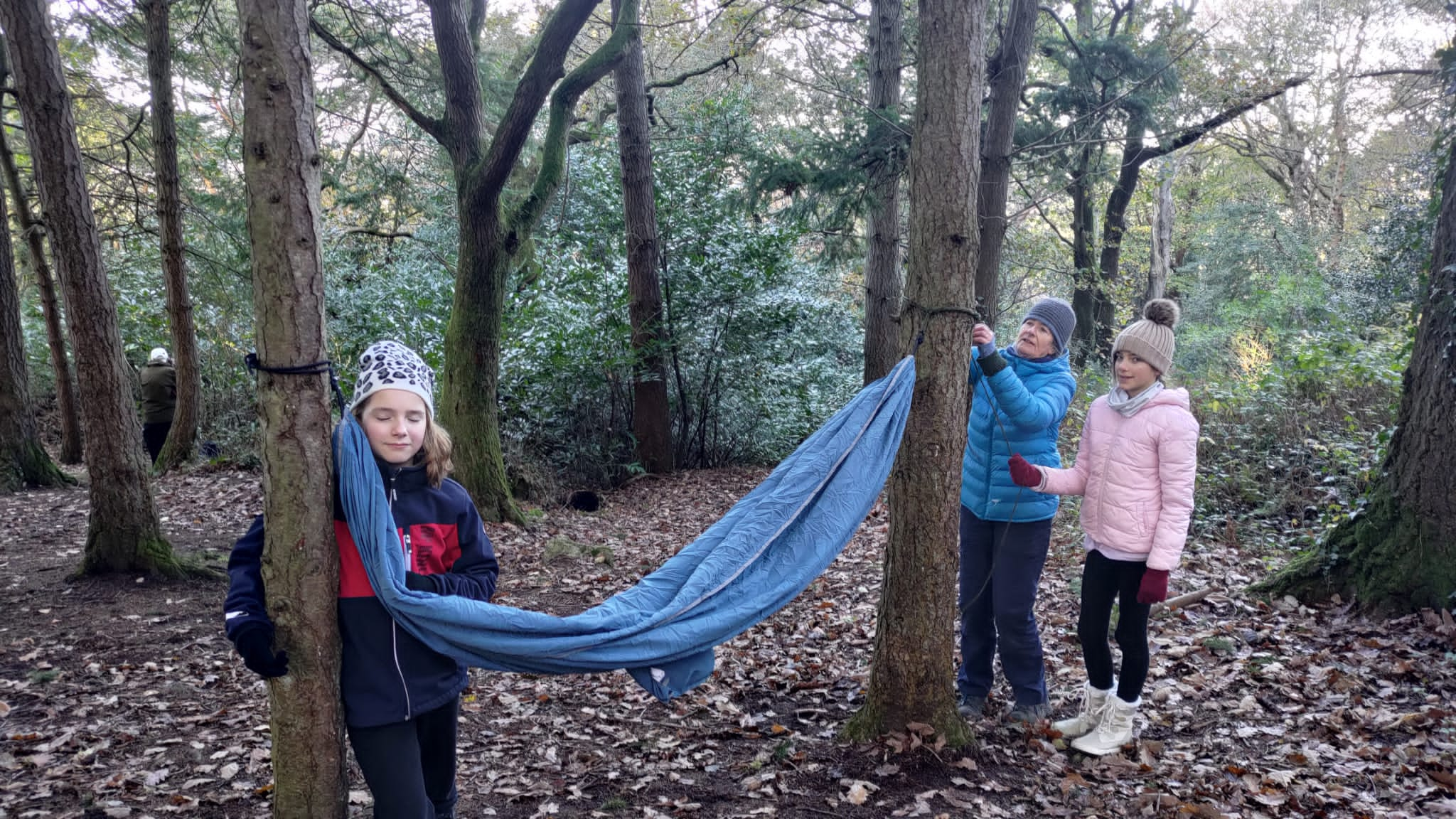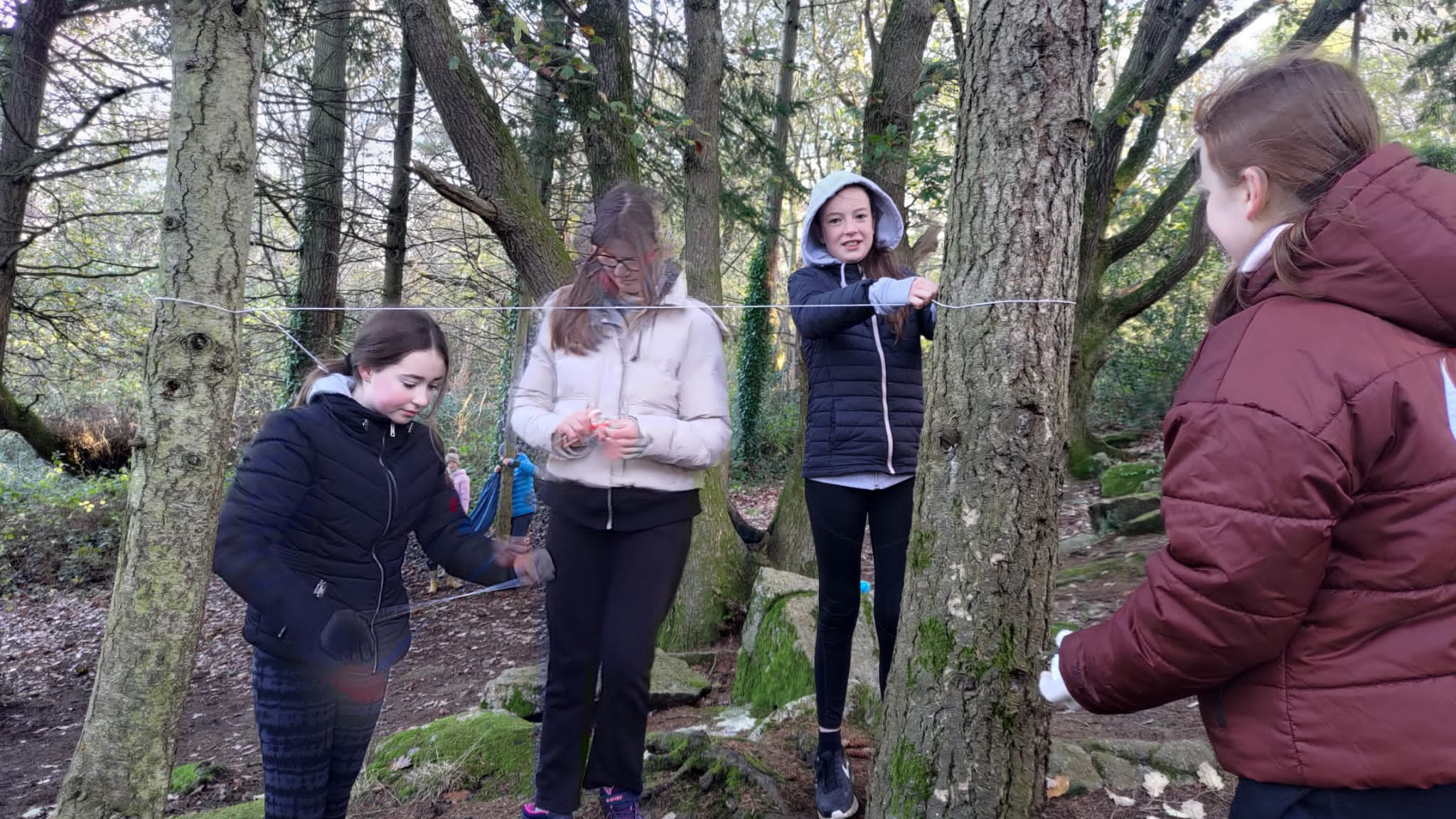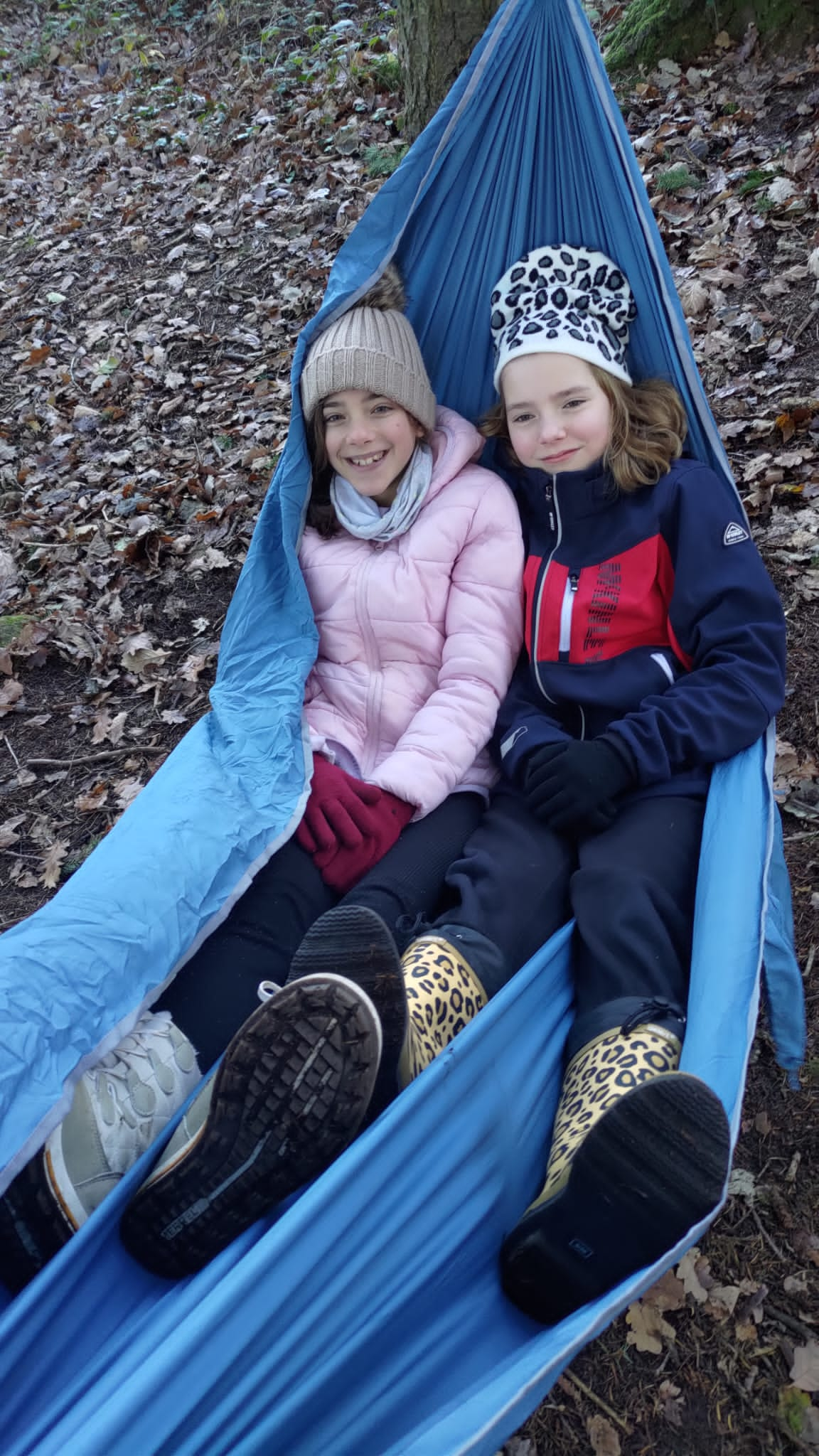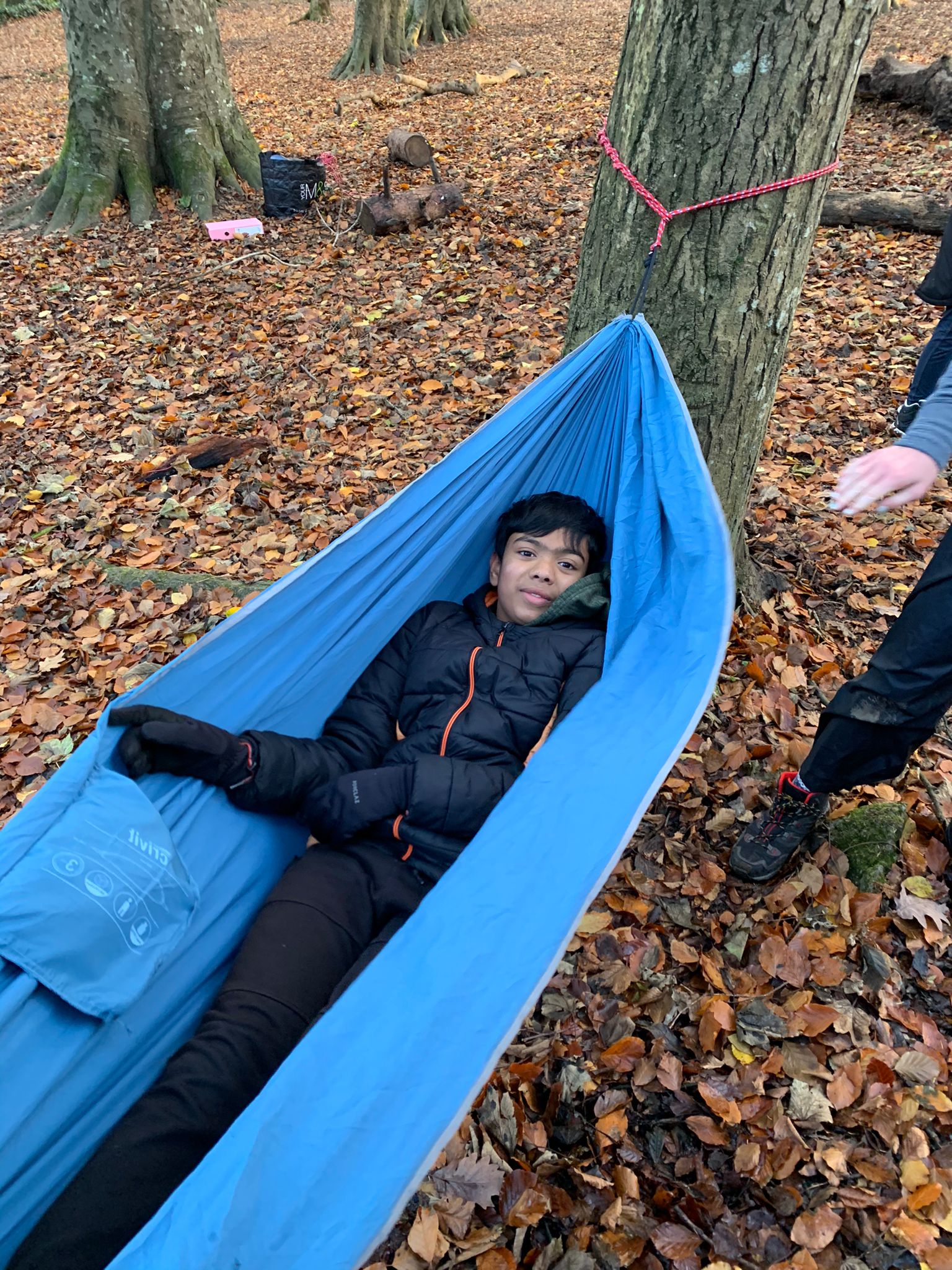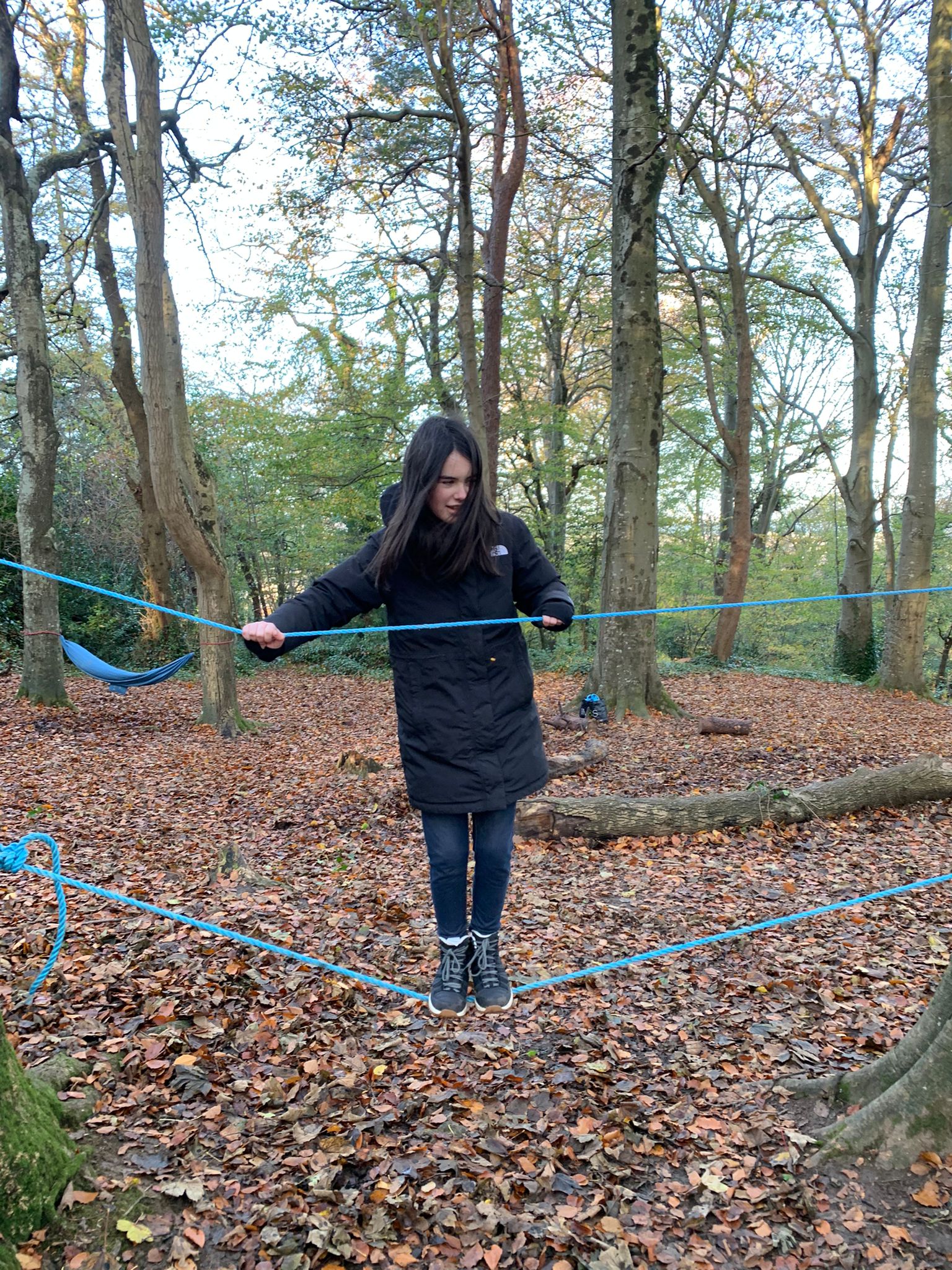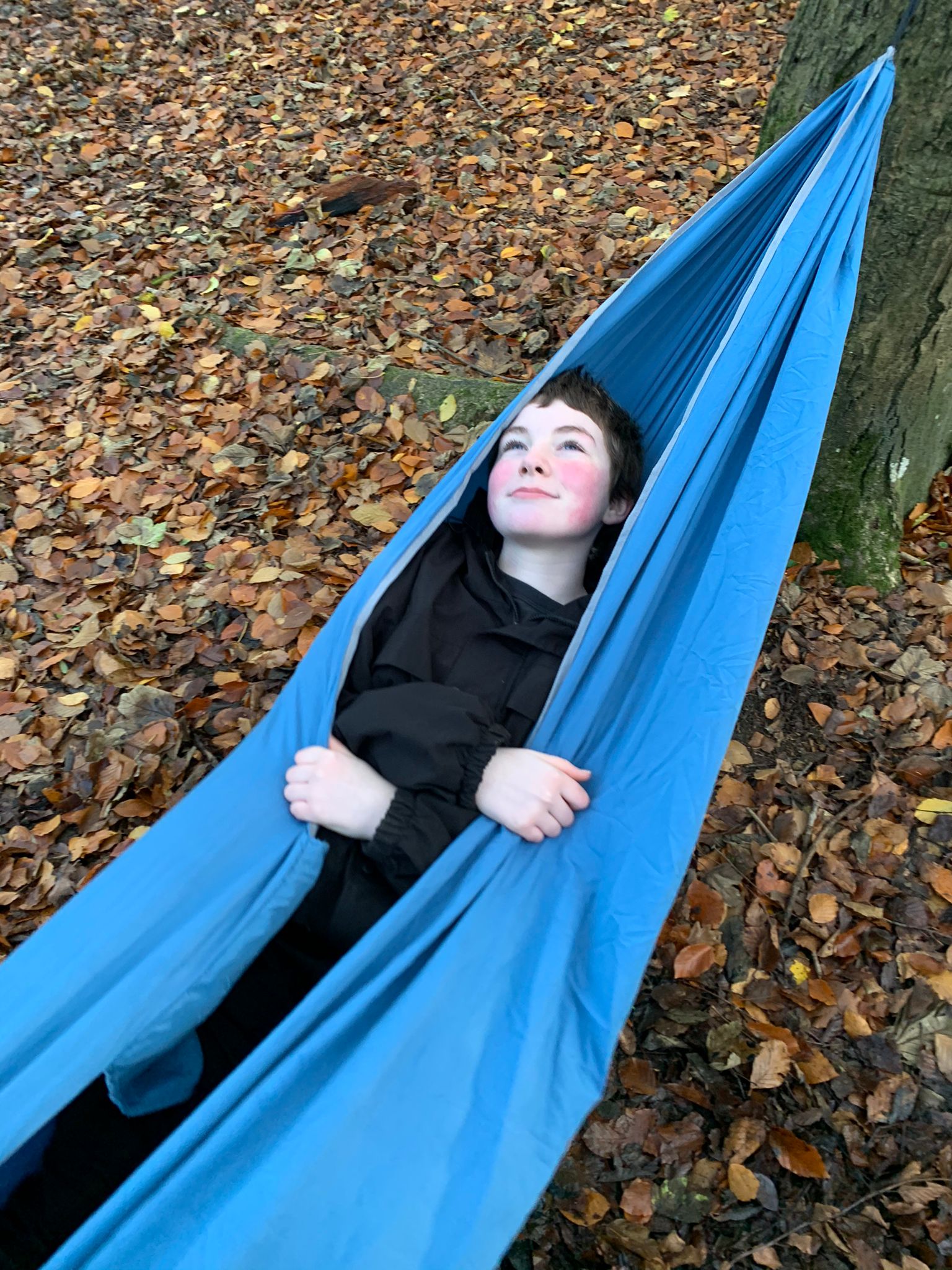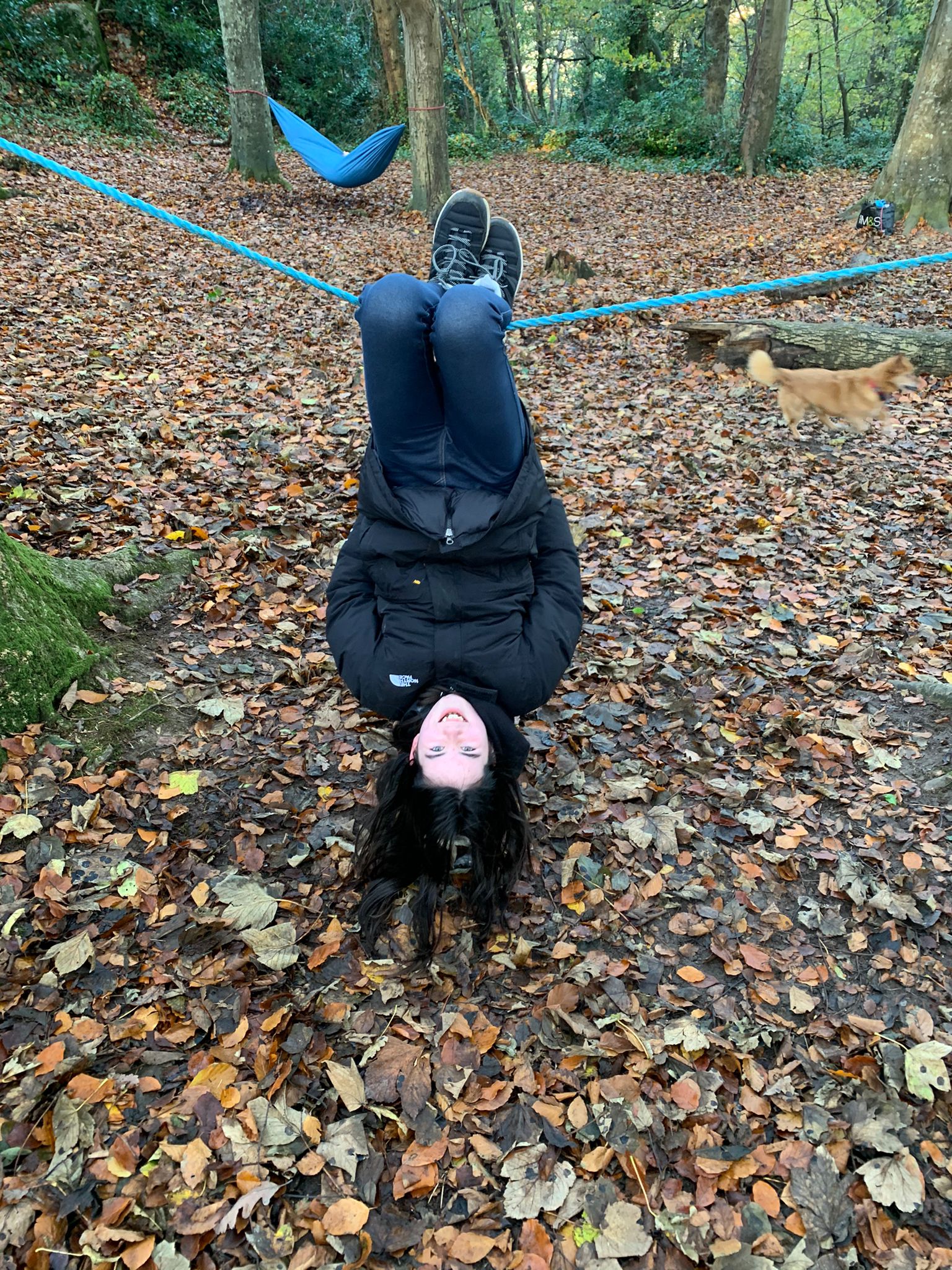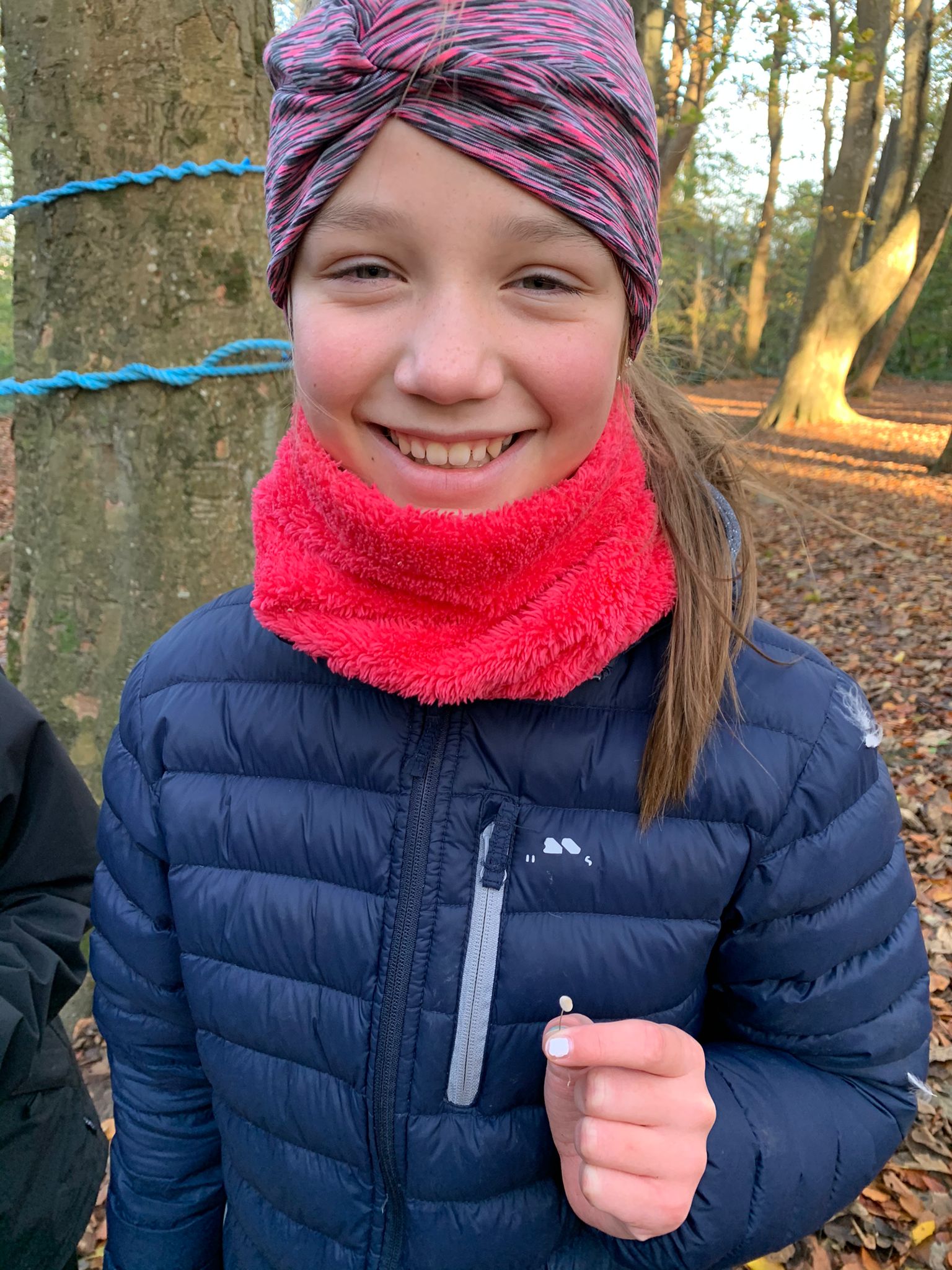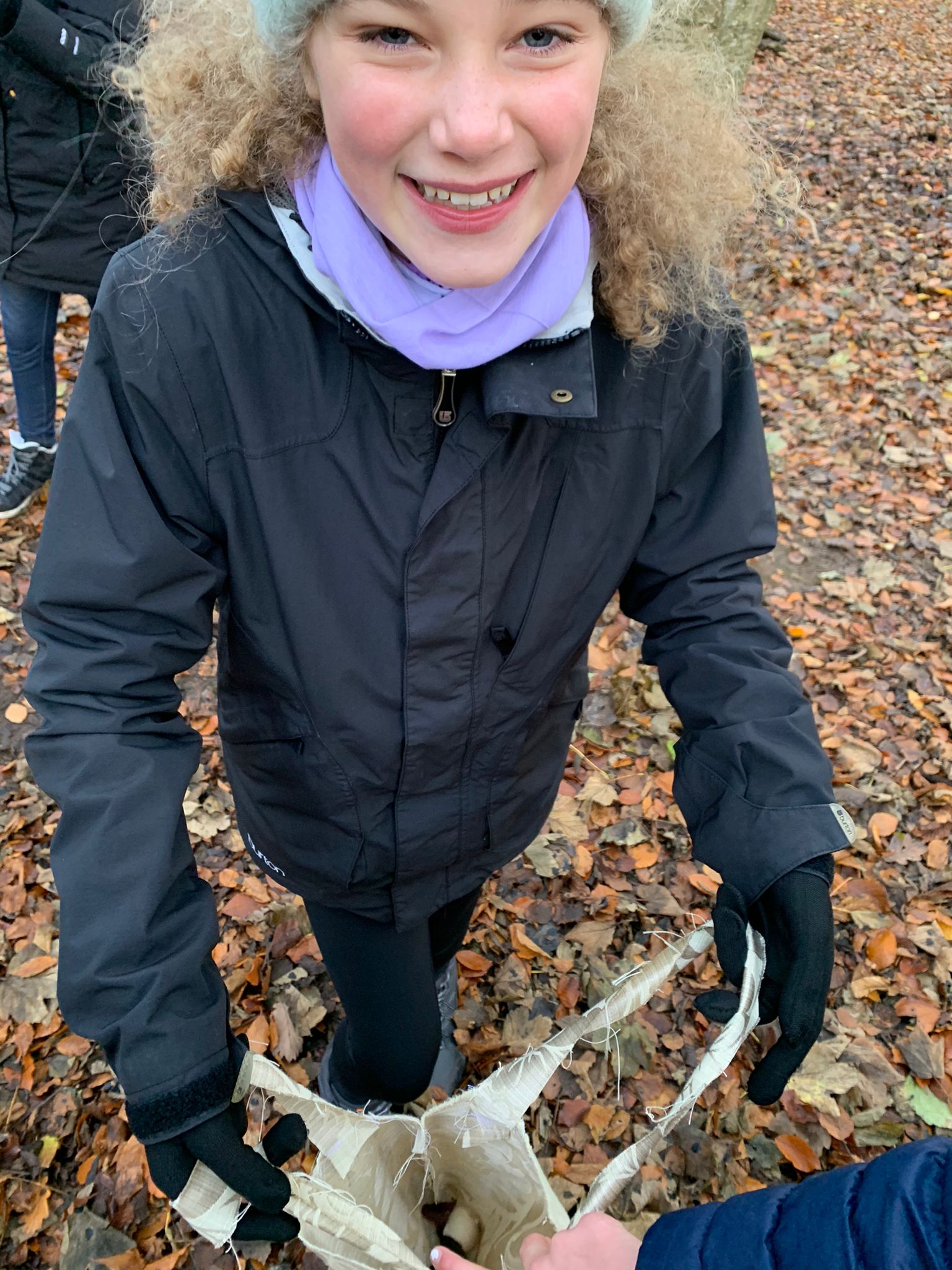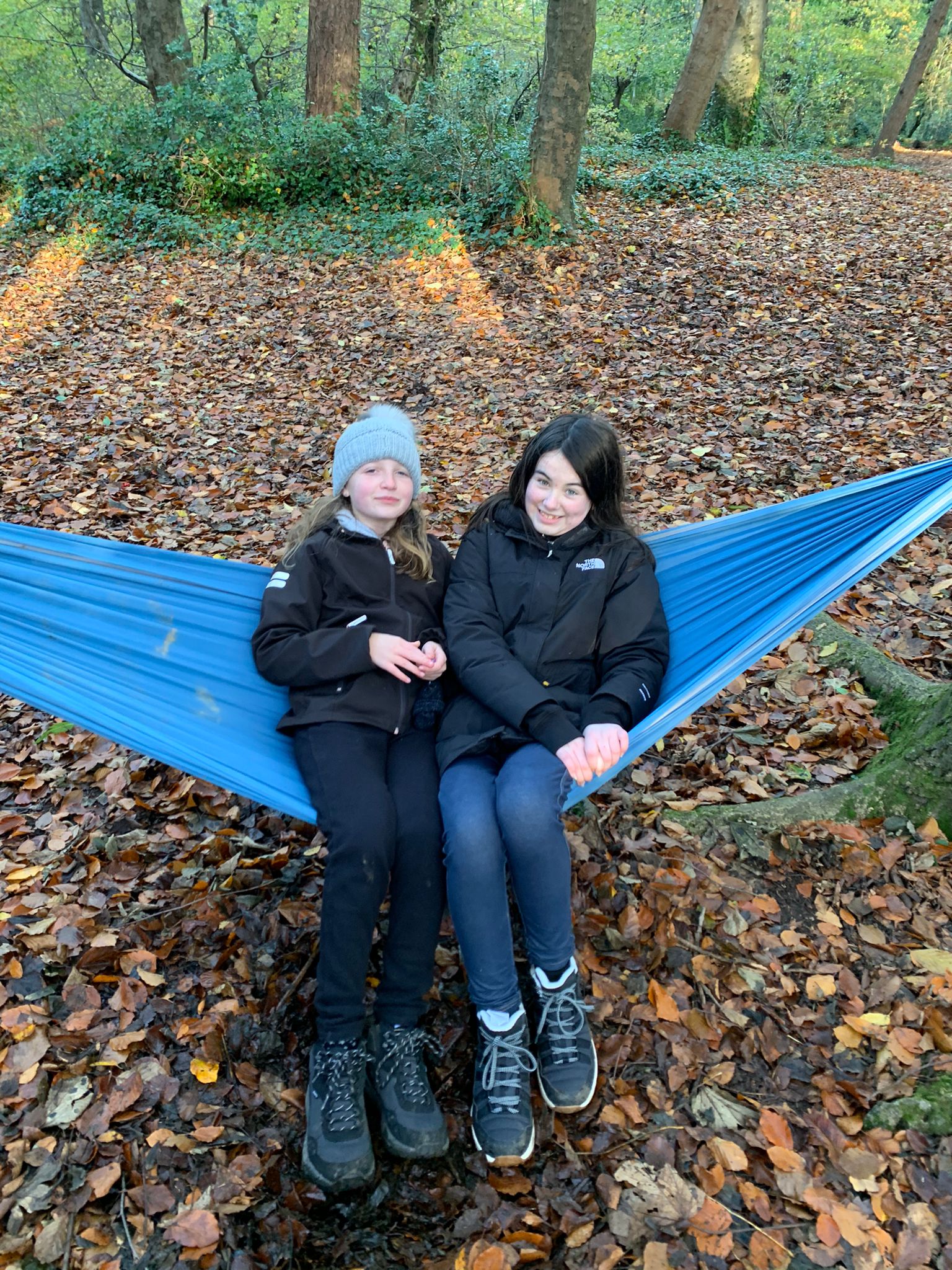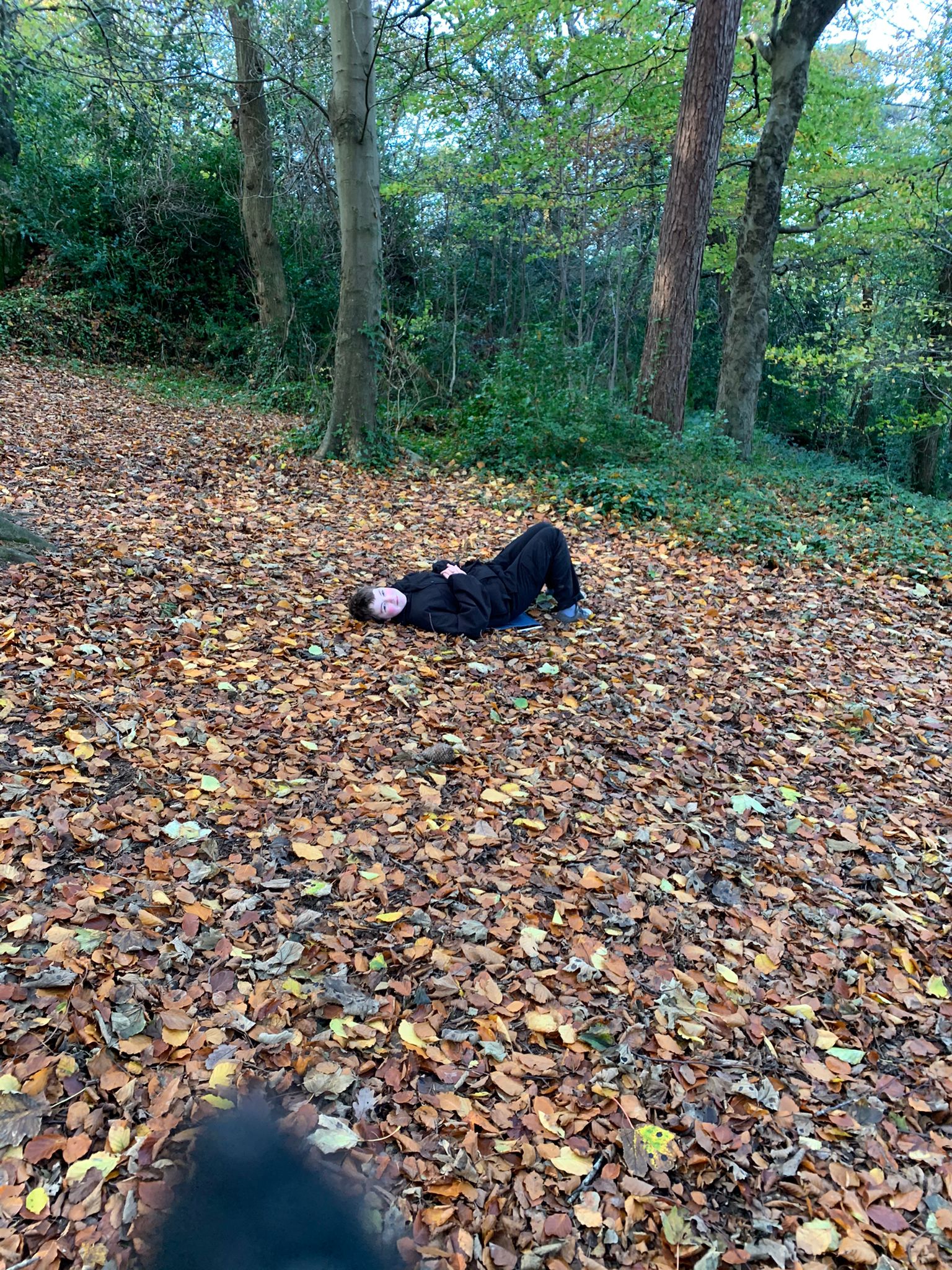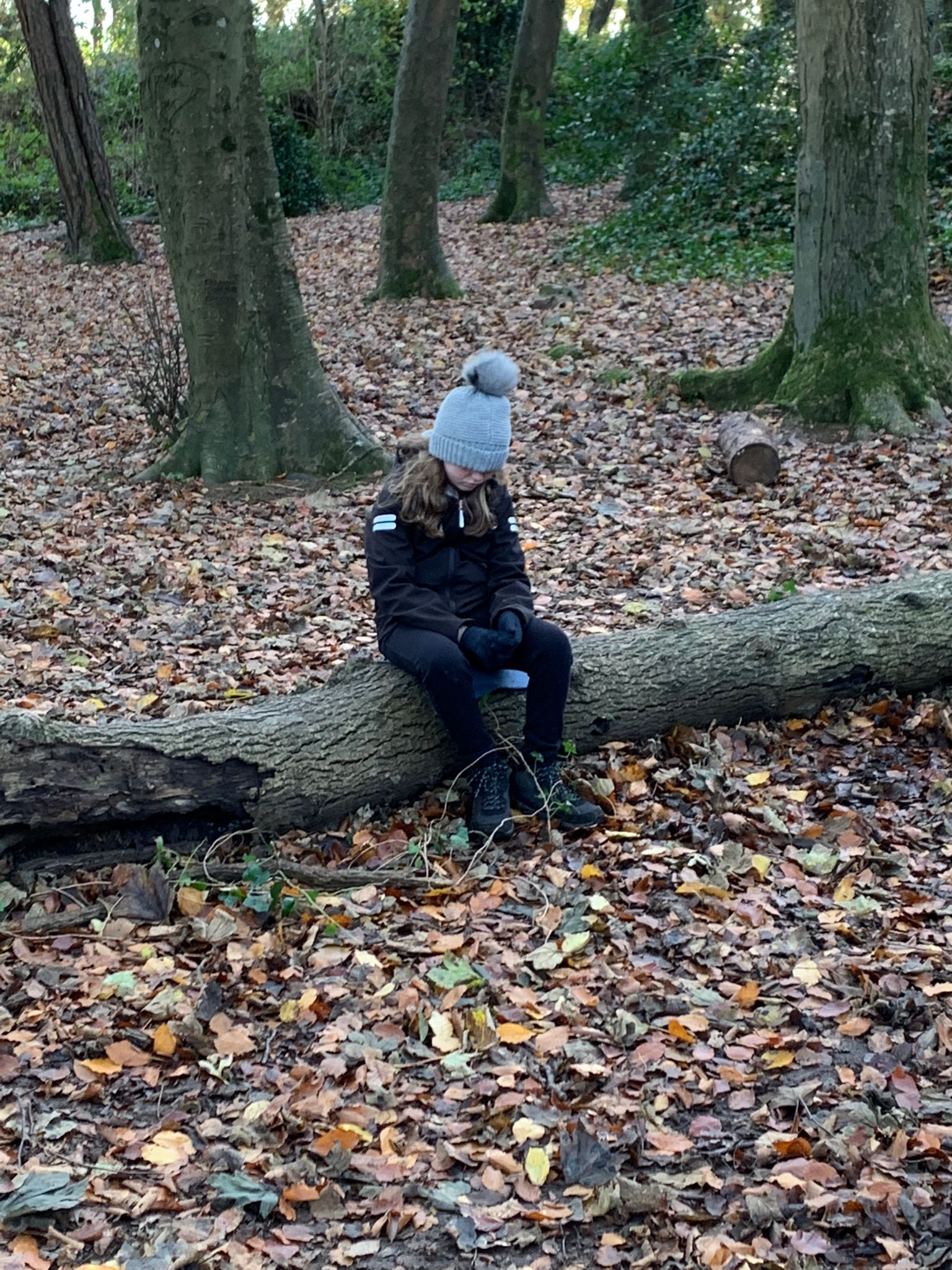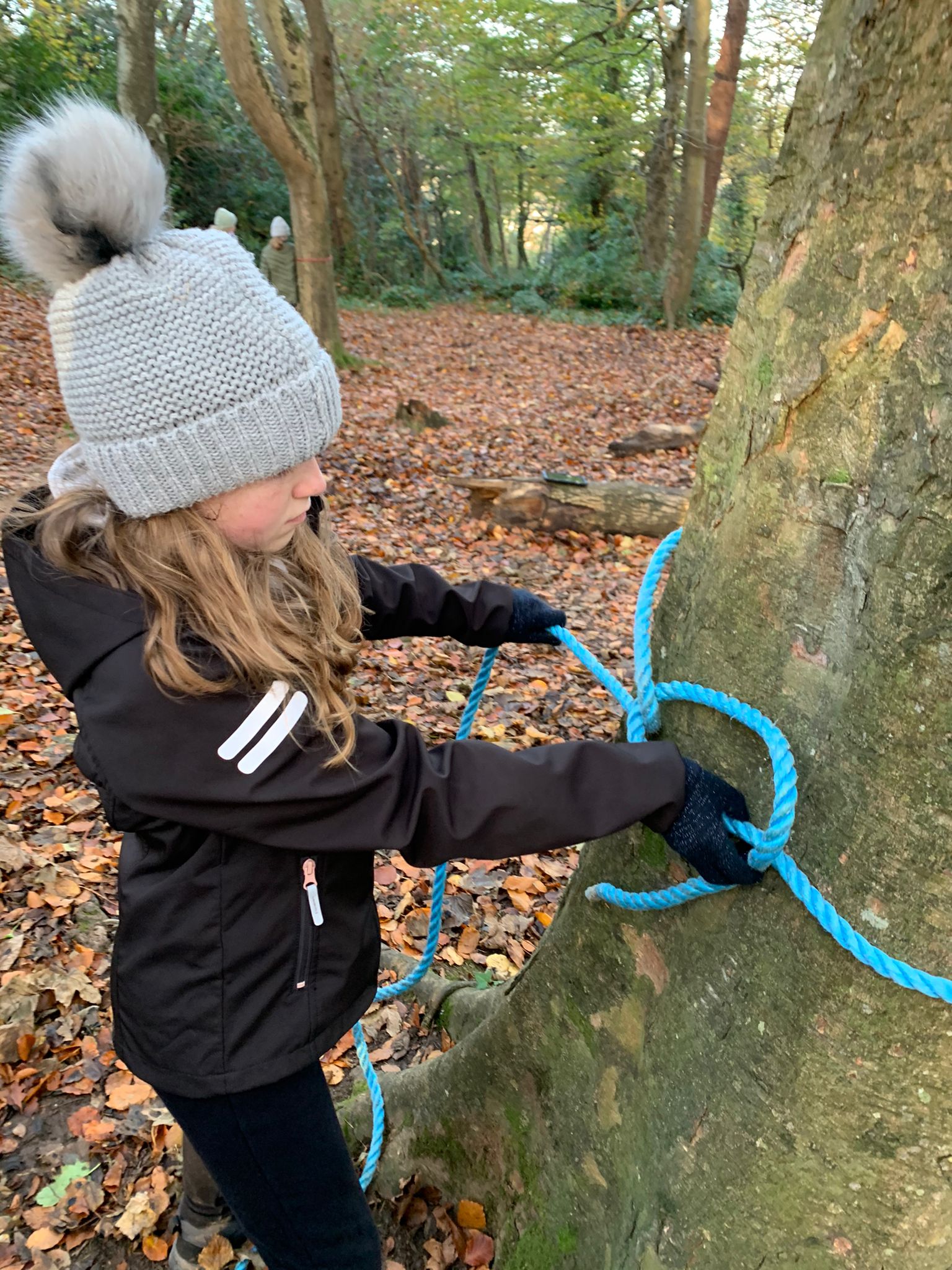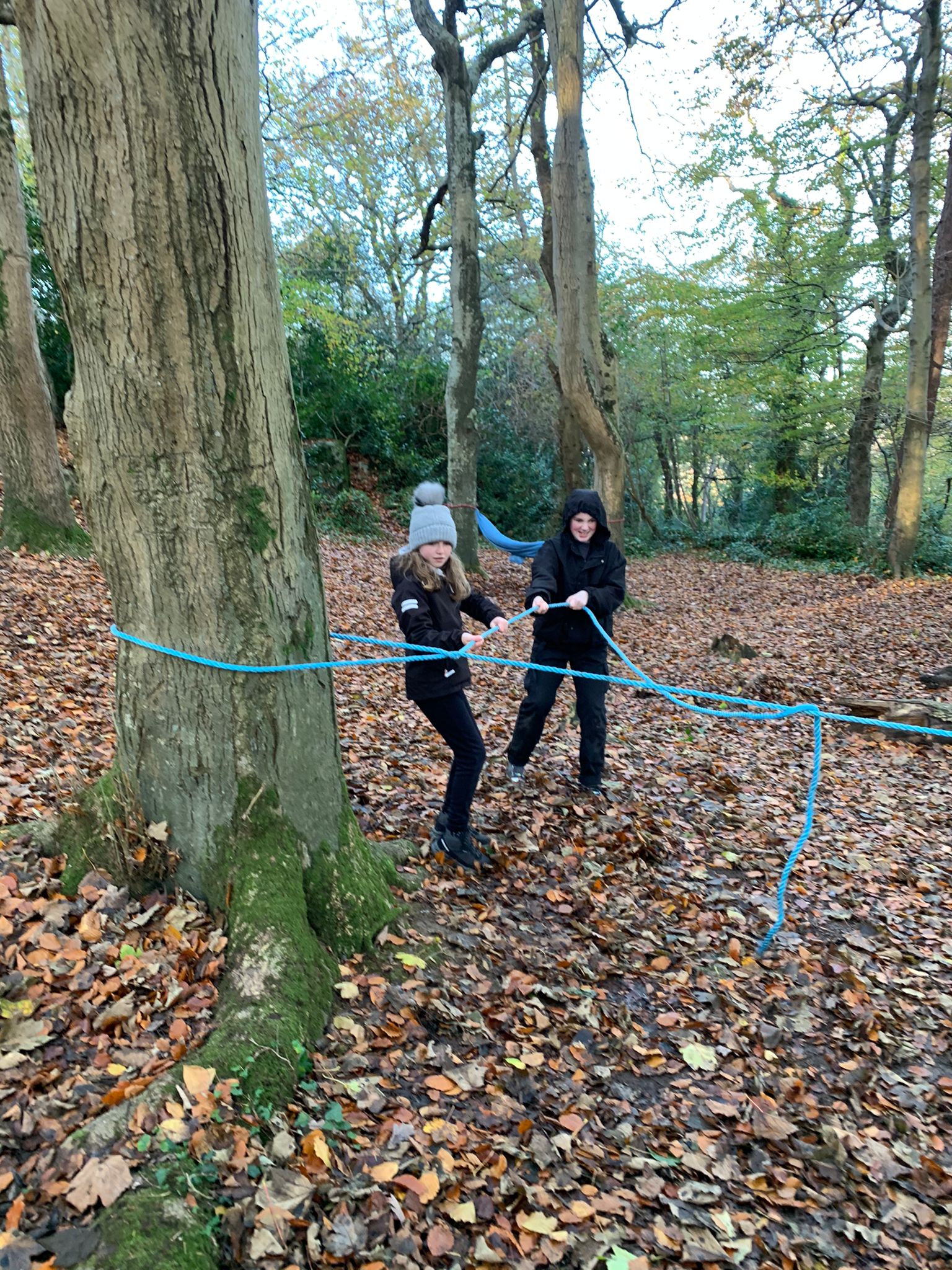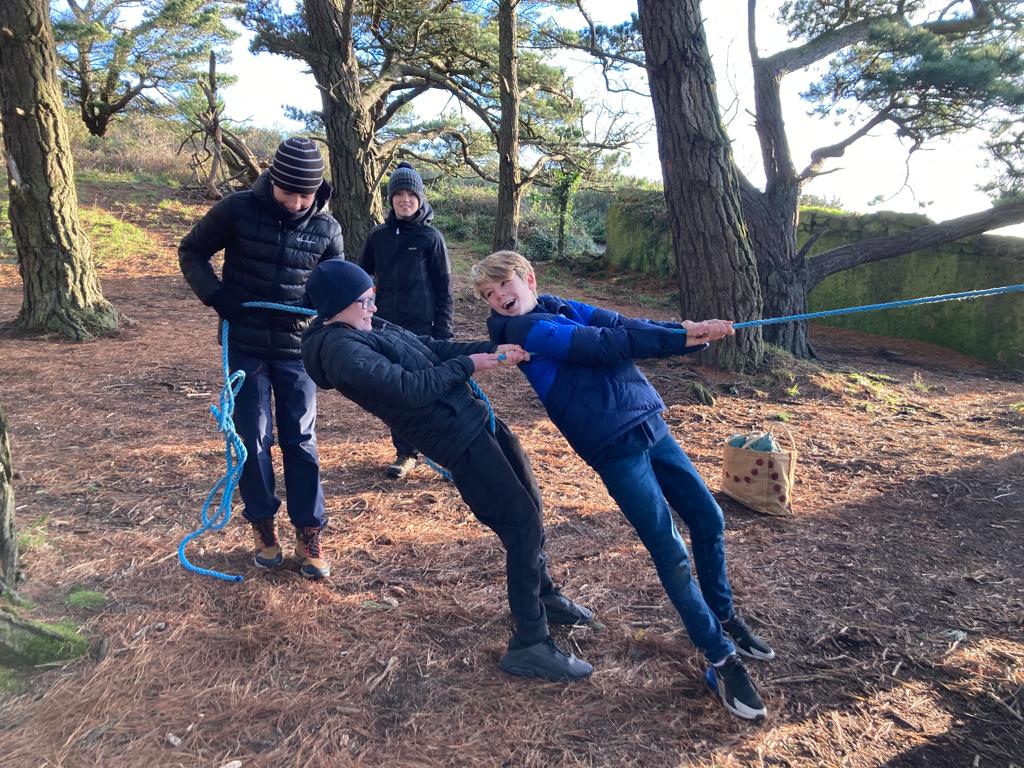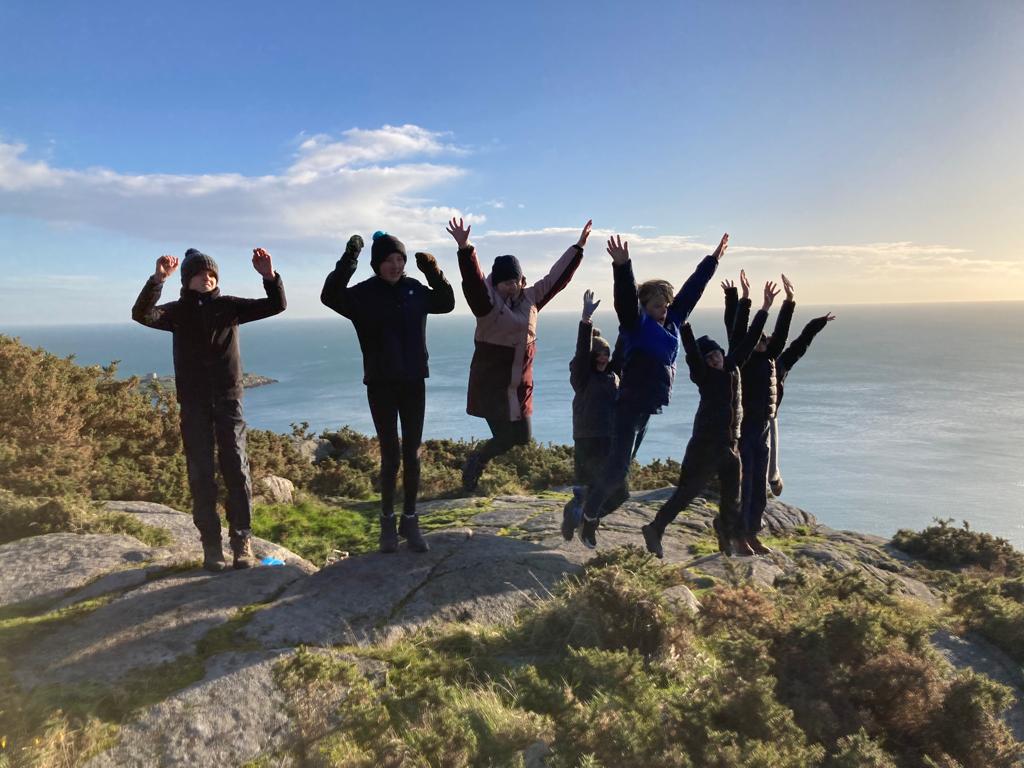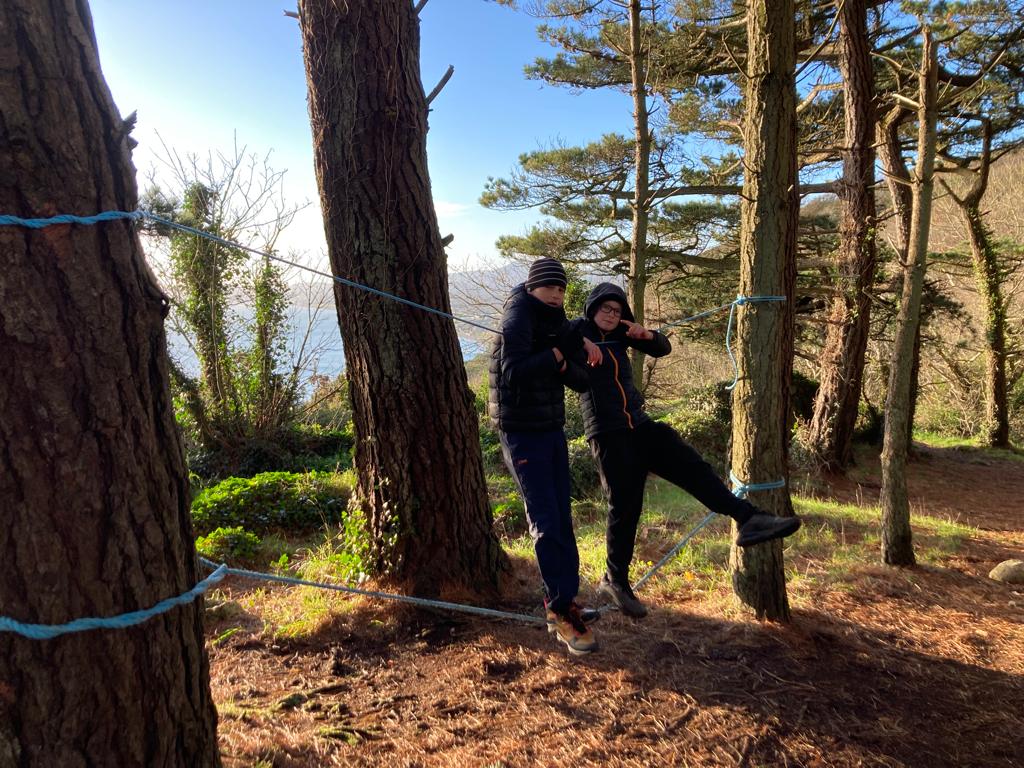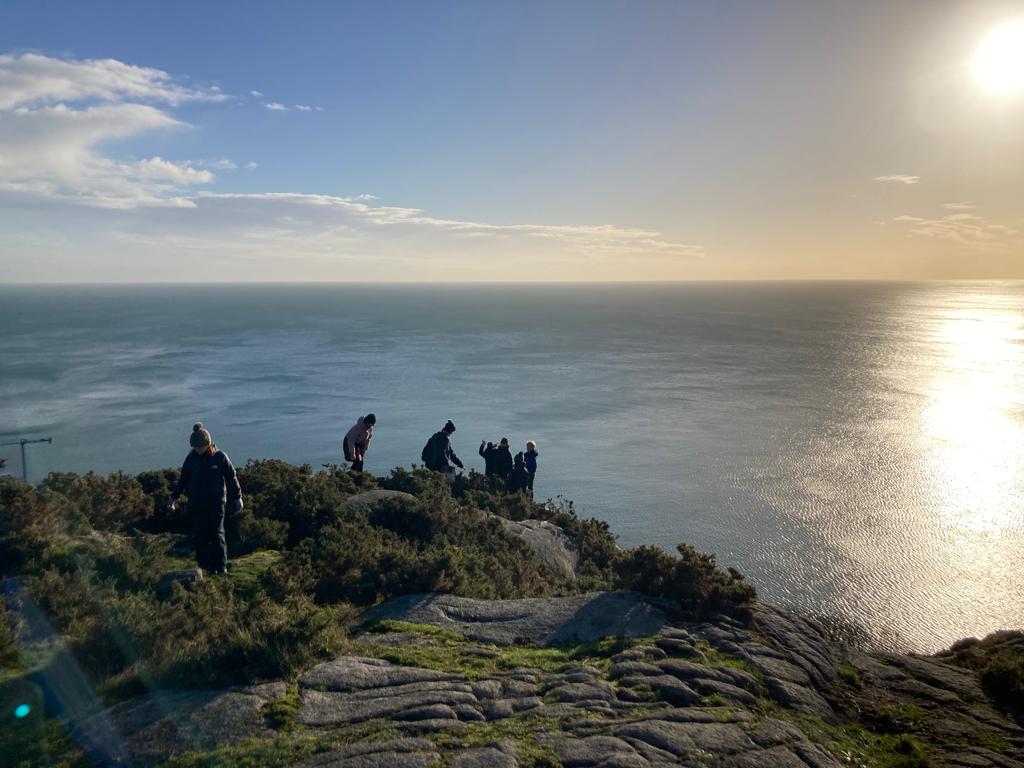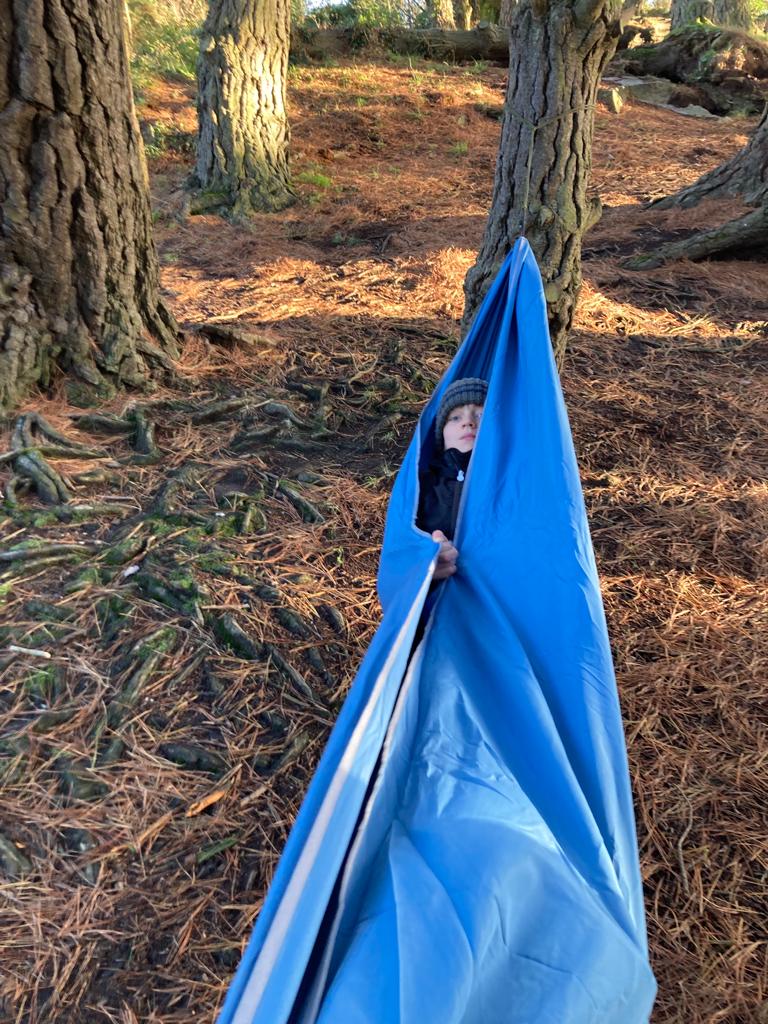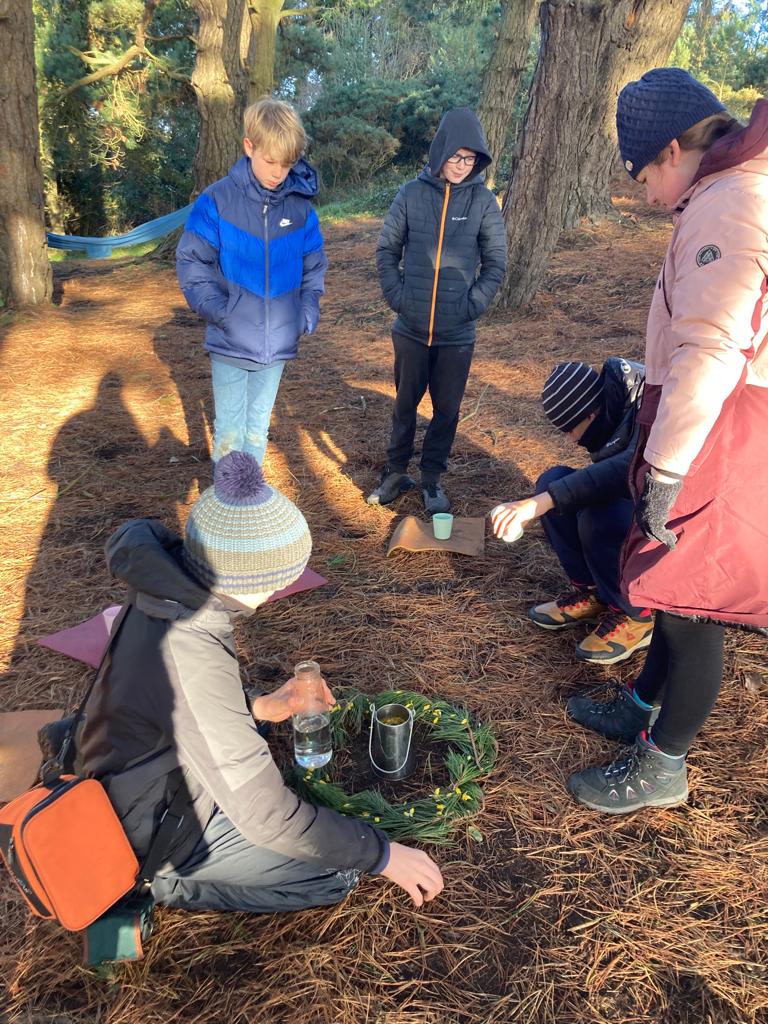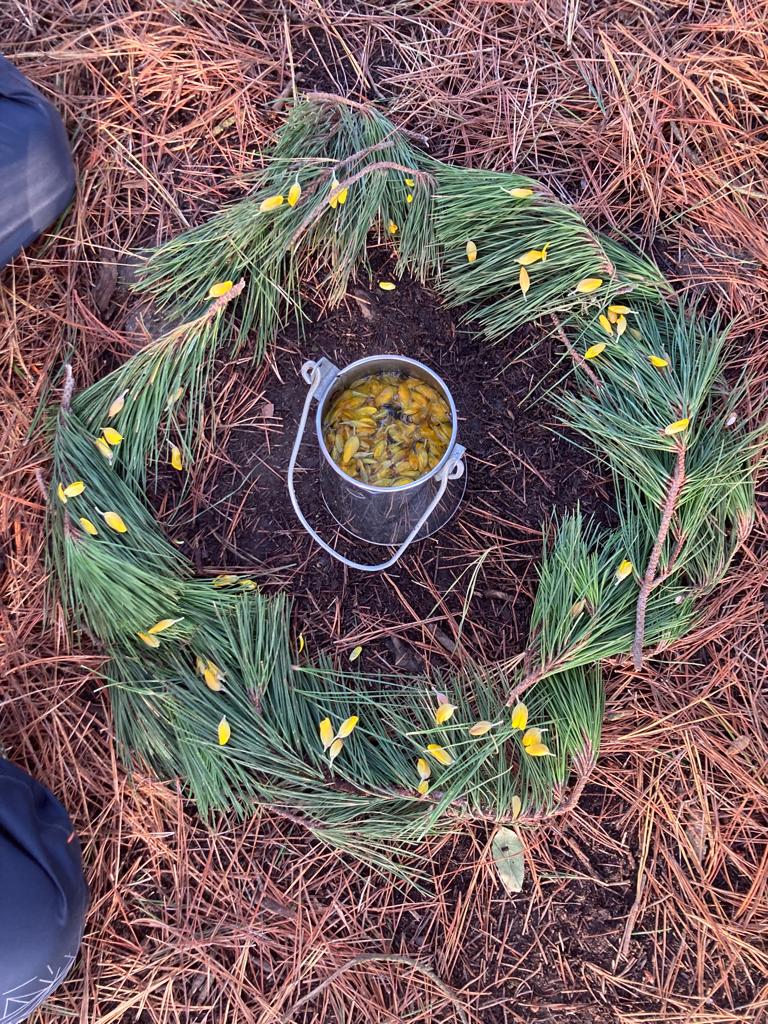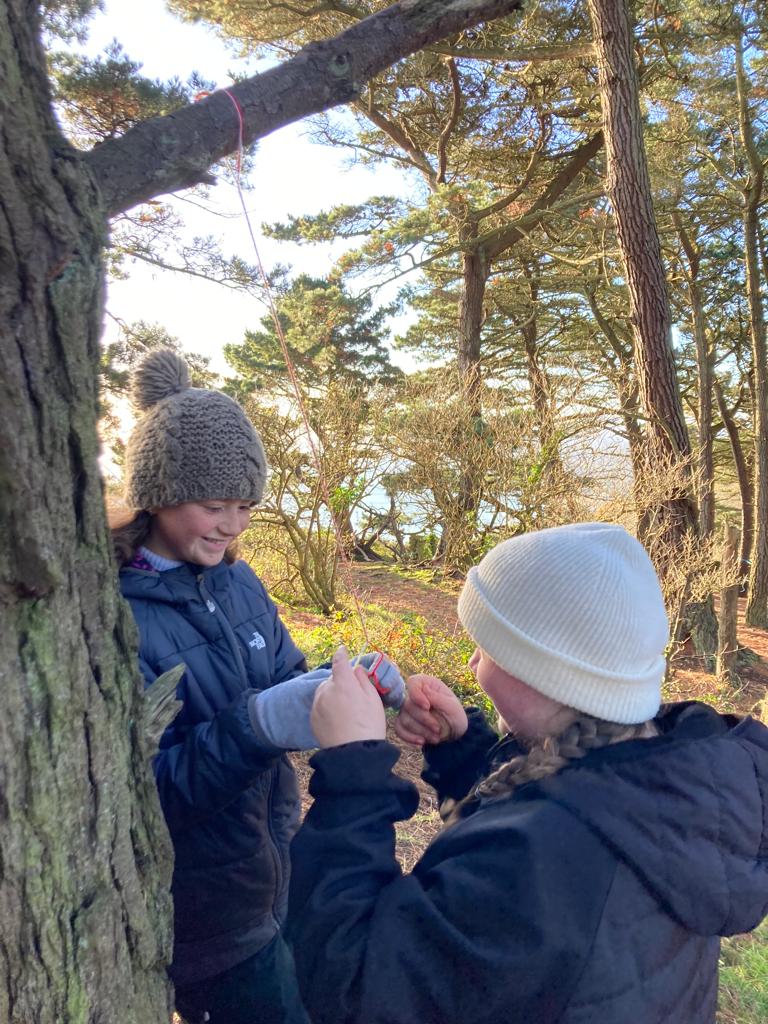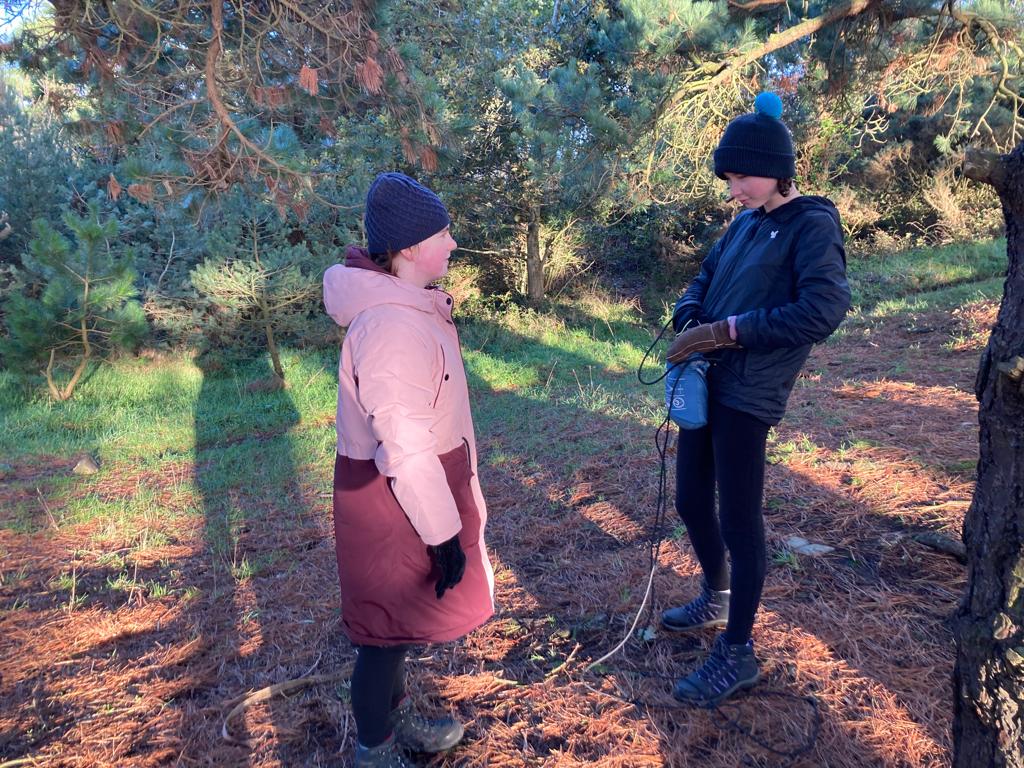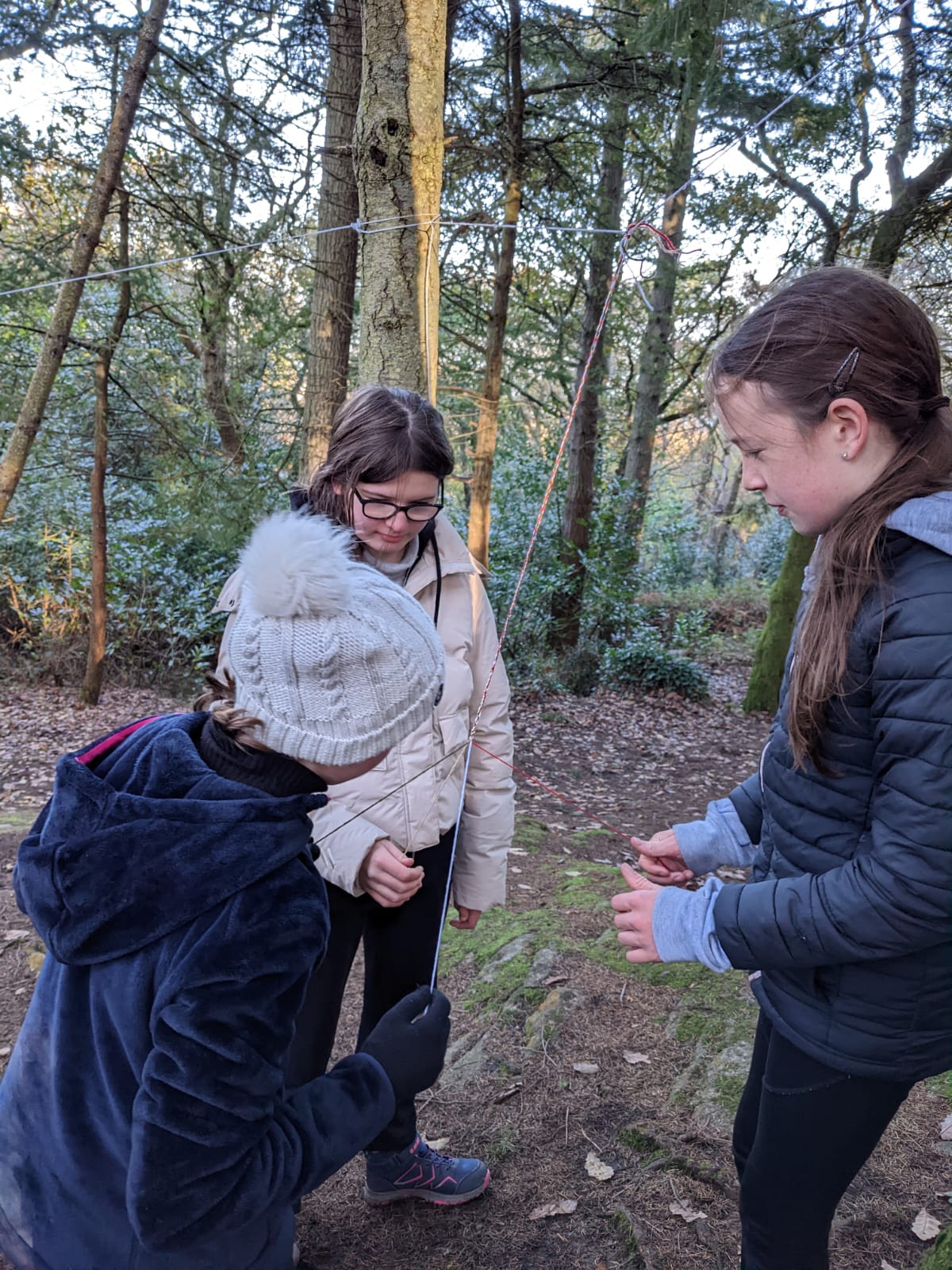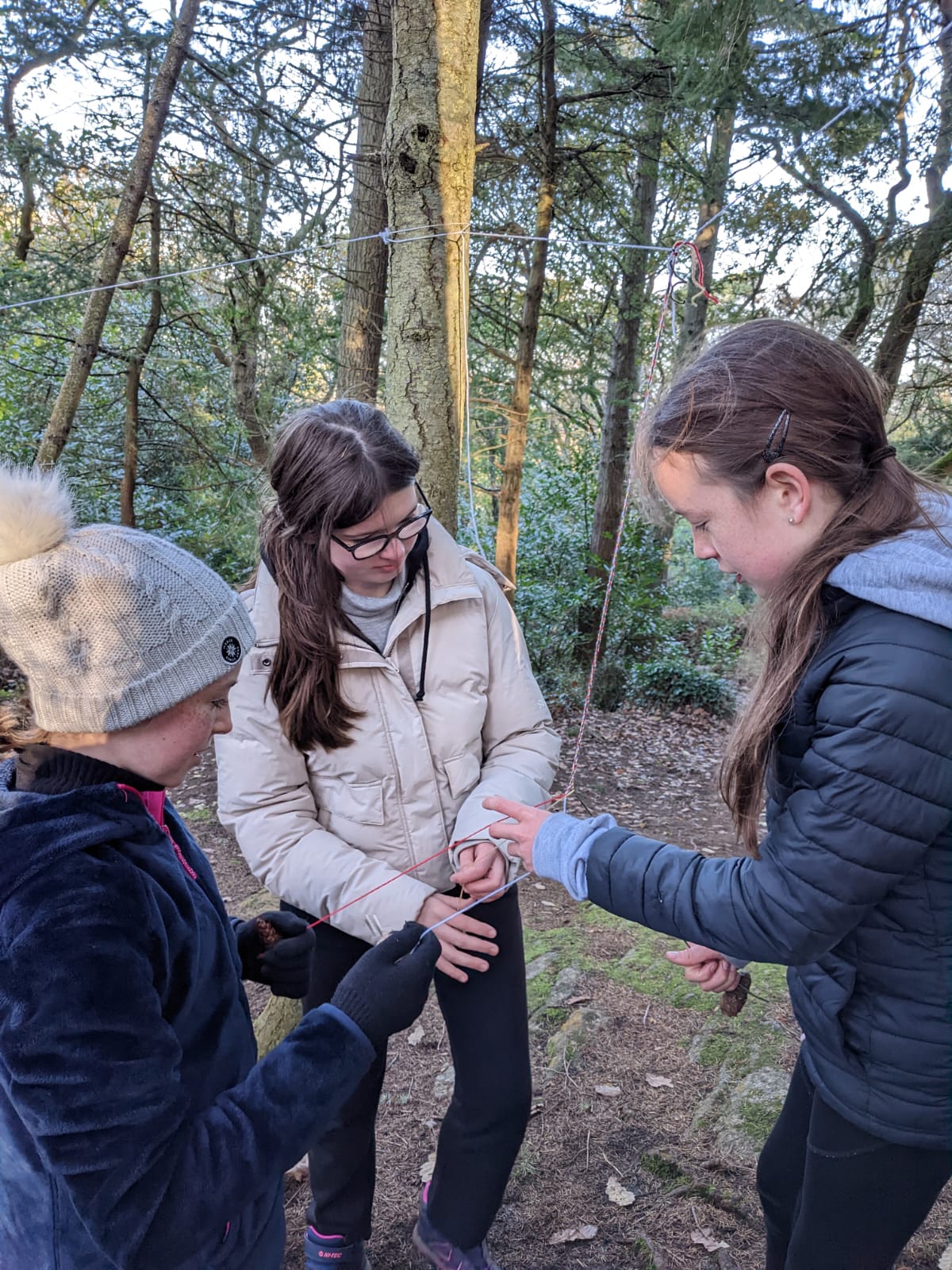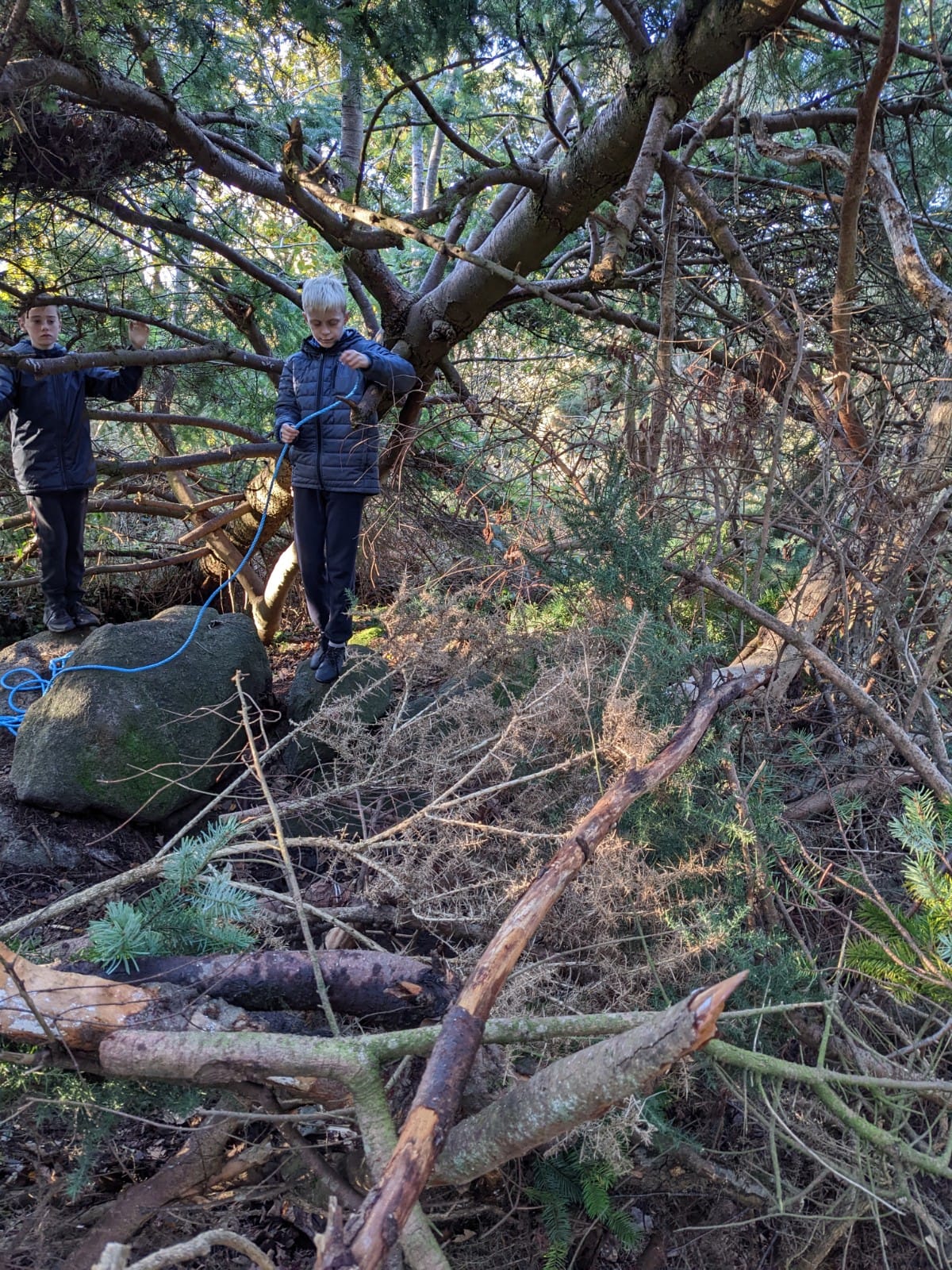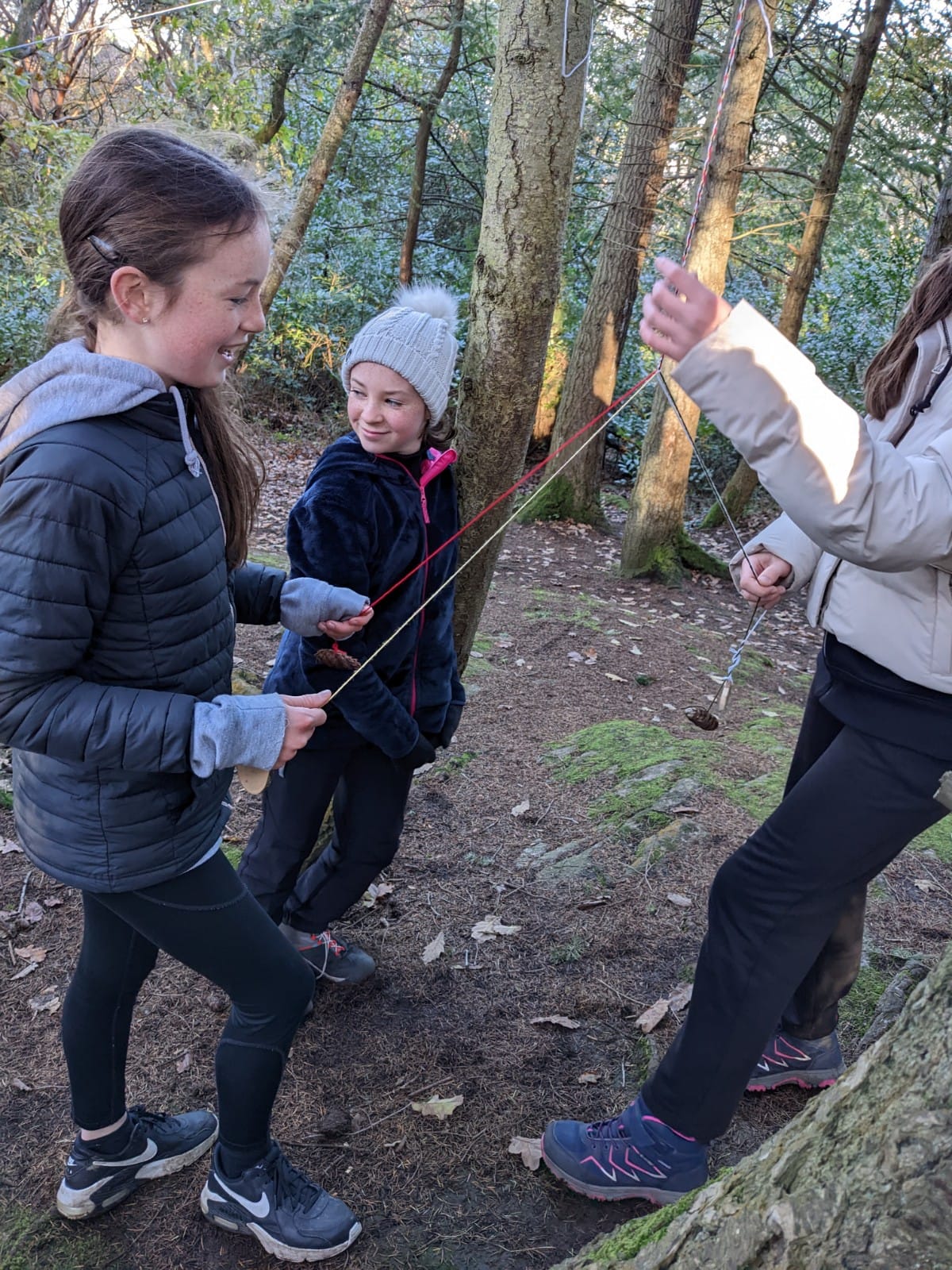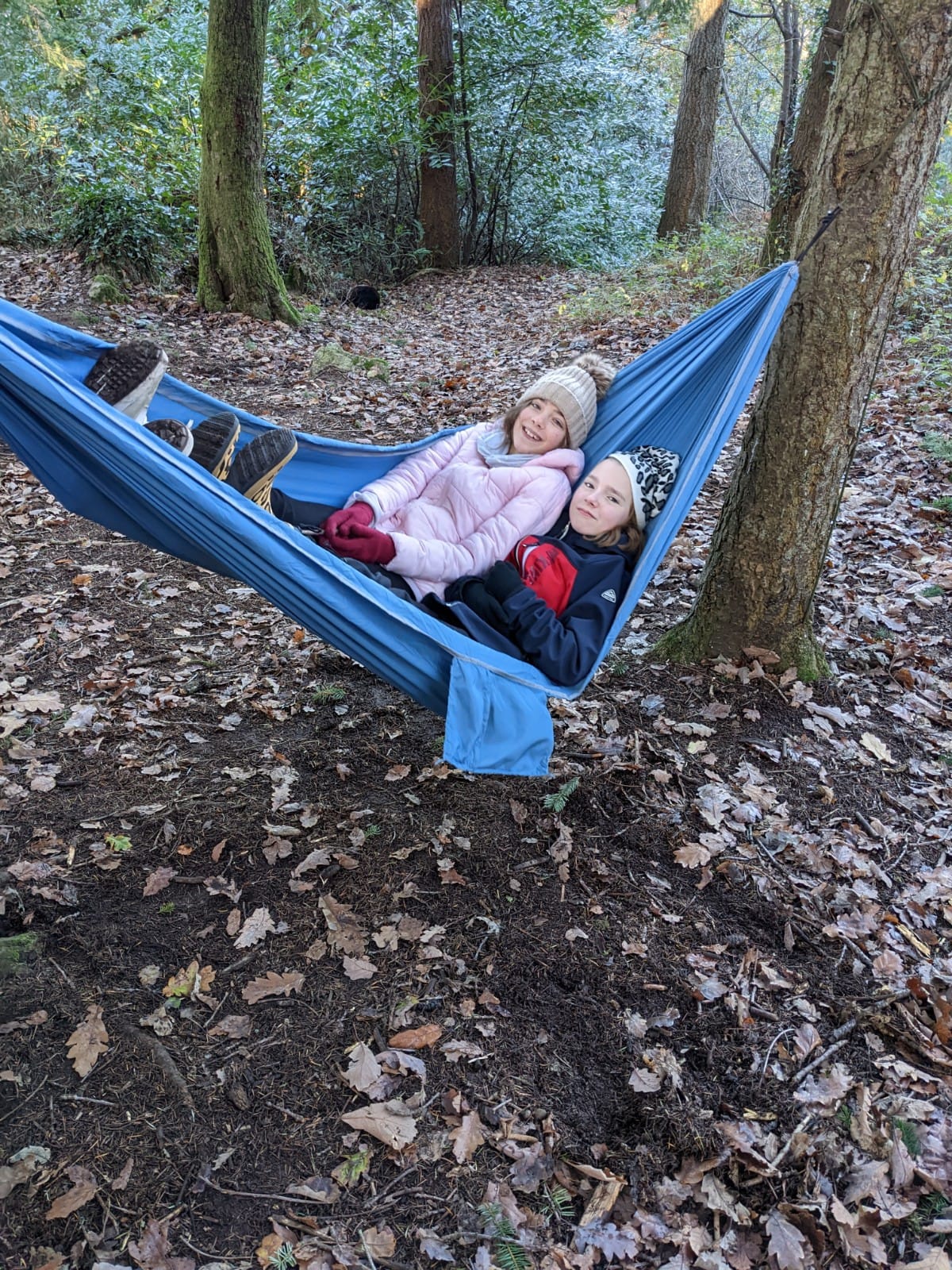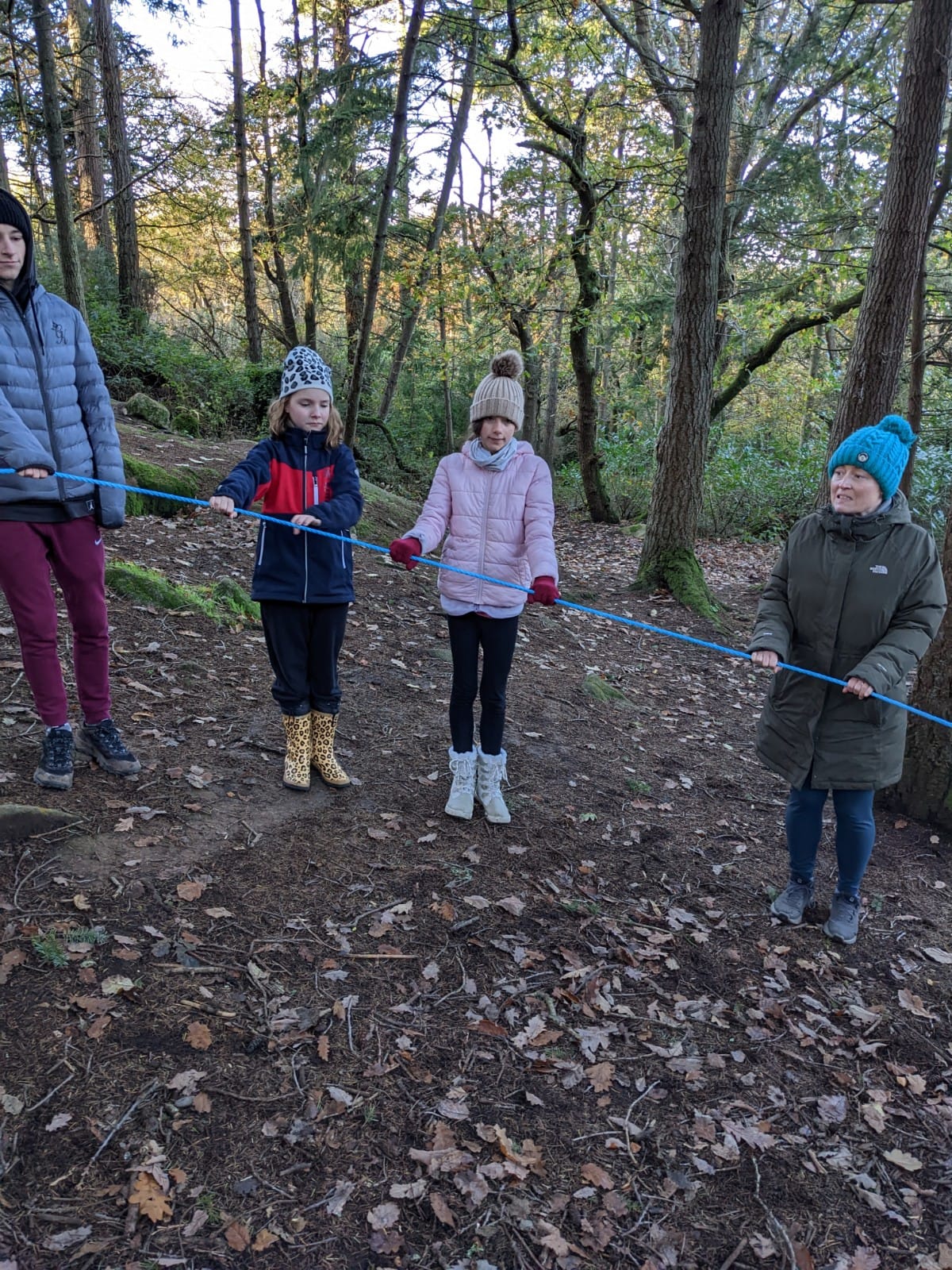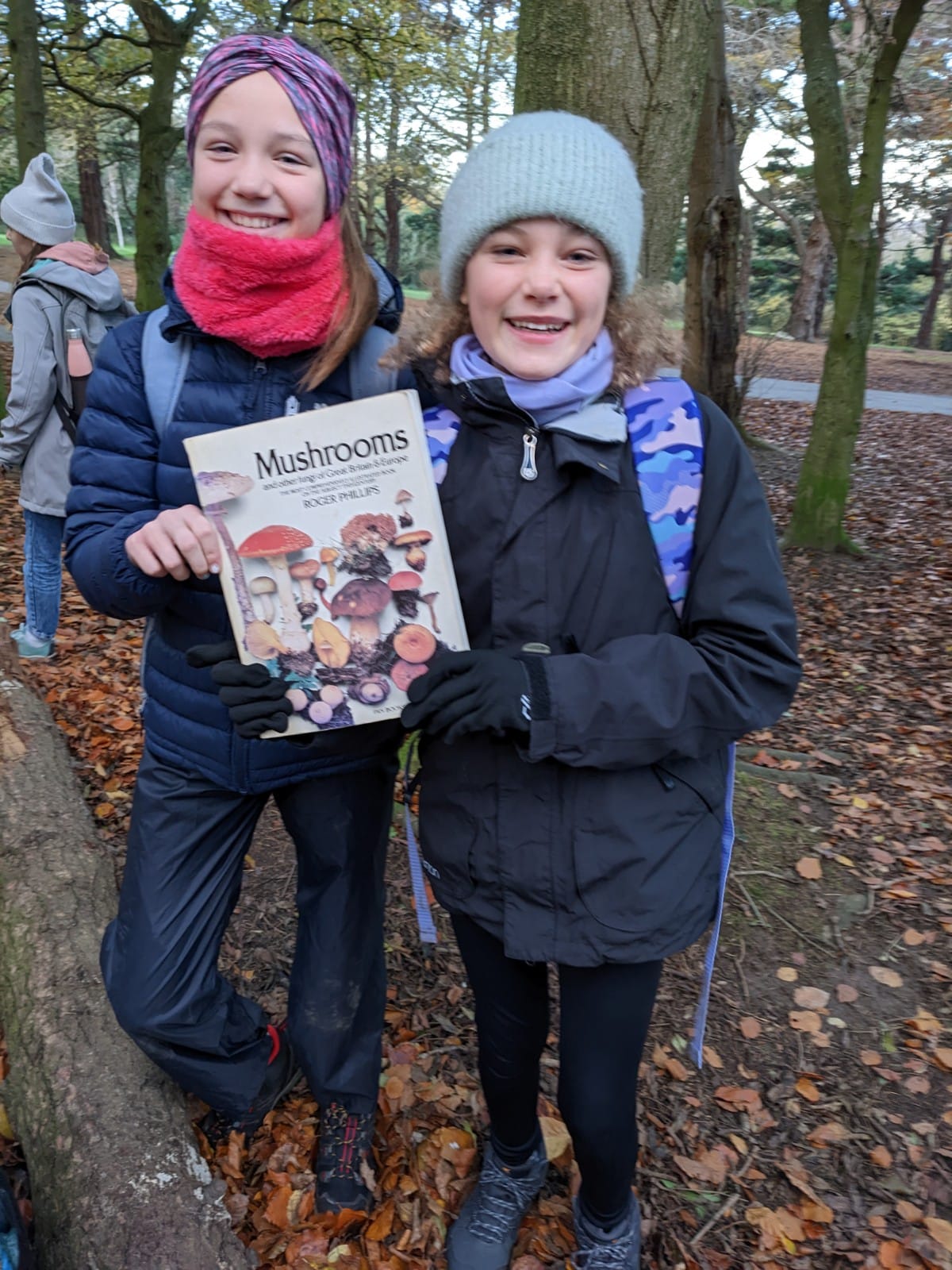We’re busy learning skills to put up hammocks and rope bridges. There are many benefits to these types of activities. Forest school, and life in general, is not risk free. We are endangering ourselves by trying to make it so at time.
It is important support all children to develop their understanding of safety. In part, it is about self-awareness. “Where do I start and finish”, “what can my body do”, “how do I control my actions” are questions that we see tiny babies wrestling with as they grasp at toys and develop their mobility. This is an ongoing process, and they need opportunities to challenge themselves.
We support children to self assess risk with the basic question of “how can I keep myself/others/nature safe and happy when I’m doing ____?” This is far preferable to “Be careful” though that sometimes comes out too! Having a mantra of “Be careful” can give the child a fear based view of the world and a message that we don’t believe the child is capable of figuring things out for themselves.
The role of the adult, animal or human, is to enable the stretching process to be safe enough, to help them to take reasonable risks. The risks will vary according to the child’s understanding and ability. For a new walker, an uneven surface will be a reasonable risk. For a new climber, a log on the ground will be sufficient to balance on. Competent walkers will appreciate dramatic differences in levels, competent climbers more adventurous trees to climb. Not to give them these early experiences may be to deny them the opportunity to reach their potential.
Can you see some appropriately risky activities happening in the photos? Ones that allow children to stretch themselves and grow in confidence, physically and otherwise.


